Bolivia Part 2
La Paz, cable cars, Andes mountains and Titicaca lake.
Be ready to tip a strict lady if you want to climb this tower at Estacion faro murillo, purple line.
Arriving in La Paz
We arrived in La Paz at 4 am. It is literally not the best time to arrive to the bus station if you didn’t reserve any hostel. A bit creepy and as our driver said not a super safe place. But we didn’t want to pay an extra day just for some hours, so we decided to wait inside the bus station. It was safe to be surrounded by other people, but difficult not to fall asleep after a bumpy night ride.
At an elevation of roughly 3 650 m above sea level, La Paz is the highest capital city in the world! It is located in a bowl-like depression surrounded by the high mountains of the Altiplano. Several peaks of 6 000 m can be seen from many parts of the city and are always snow-covered.
La Paz, which means “the Peace”, is the third-most populous city in Bolivia. It was founded in 1548 by the Spanish conquistador Captain Alonso de Mendoza at the site of an Inca settlement.
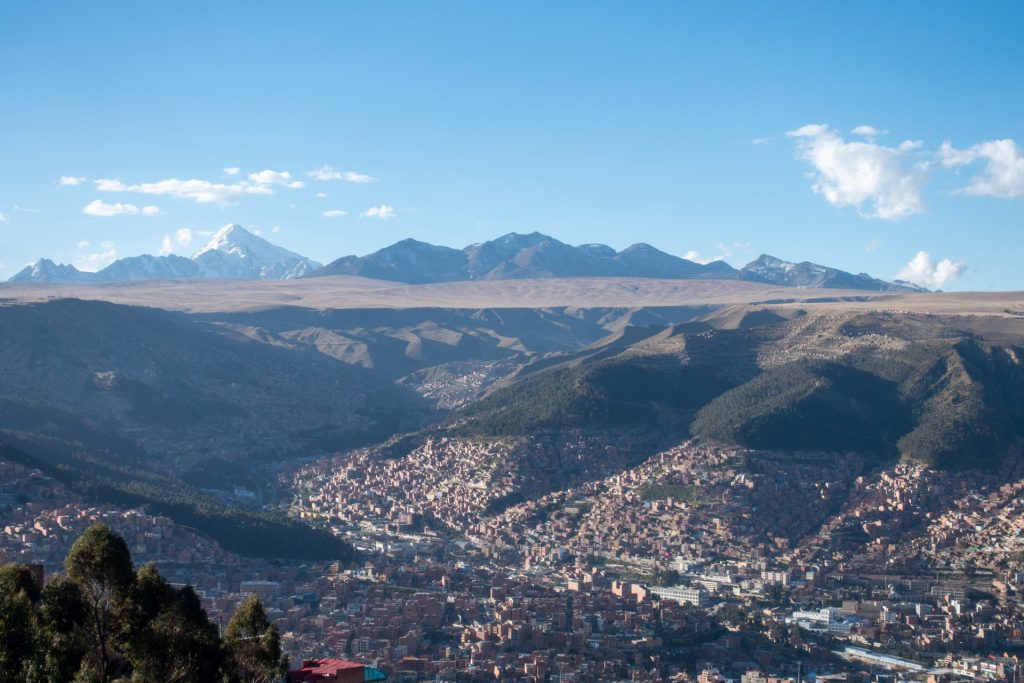
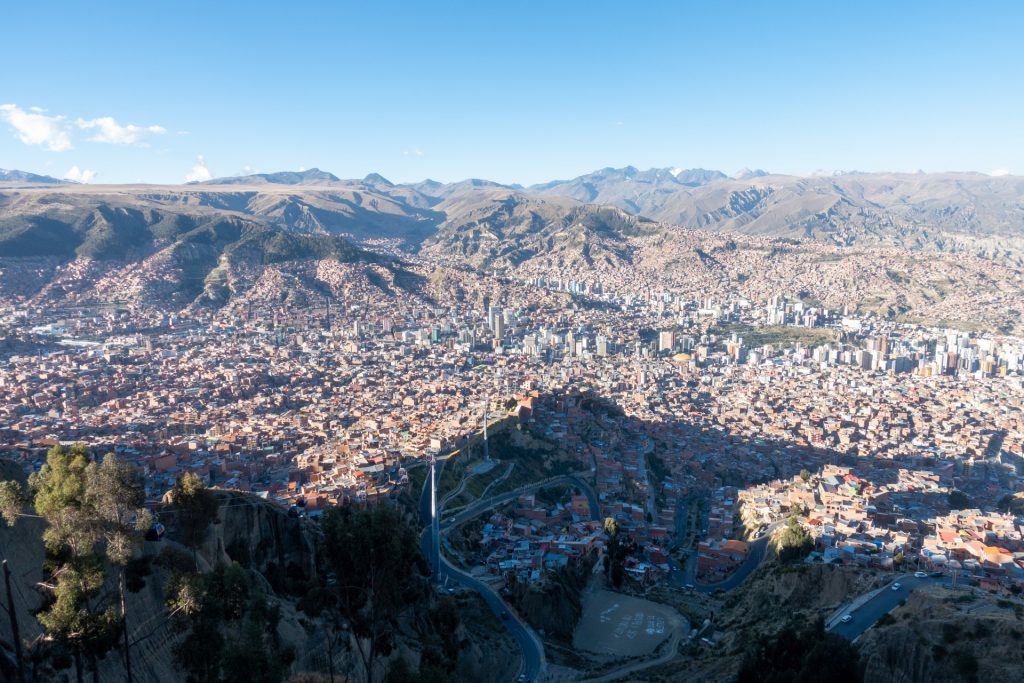
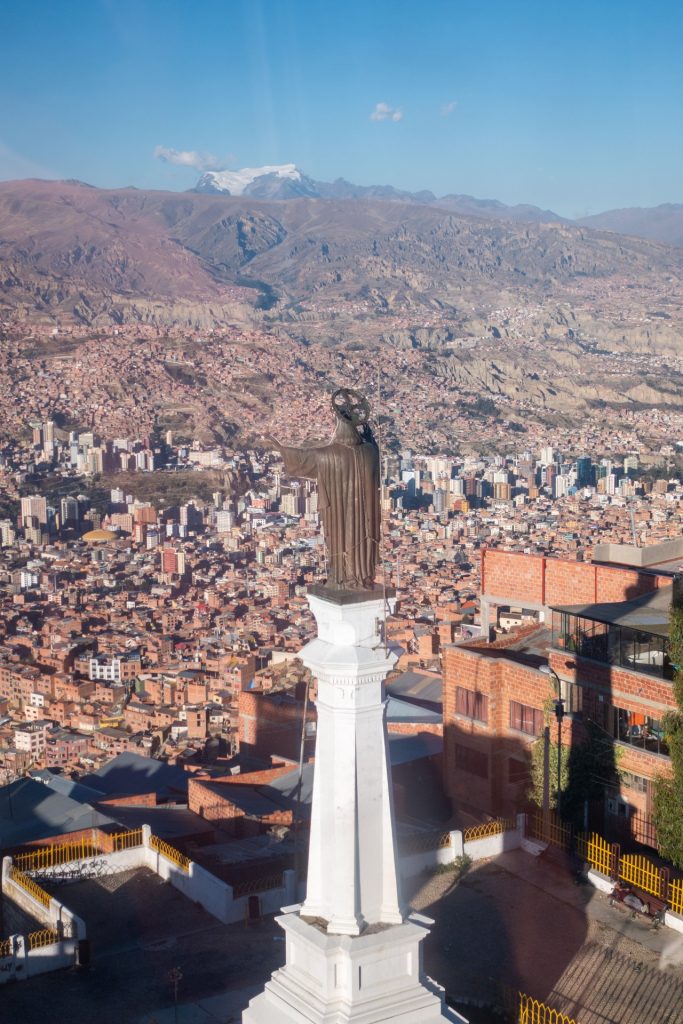
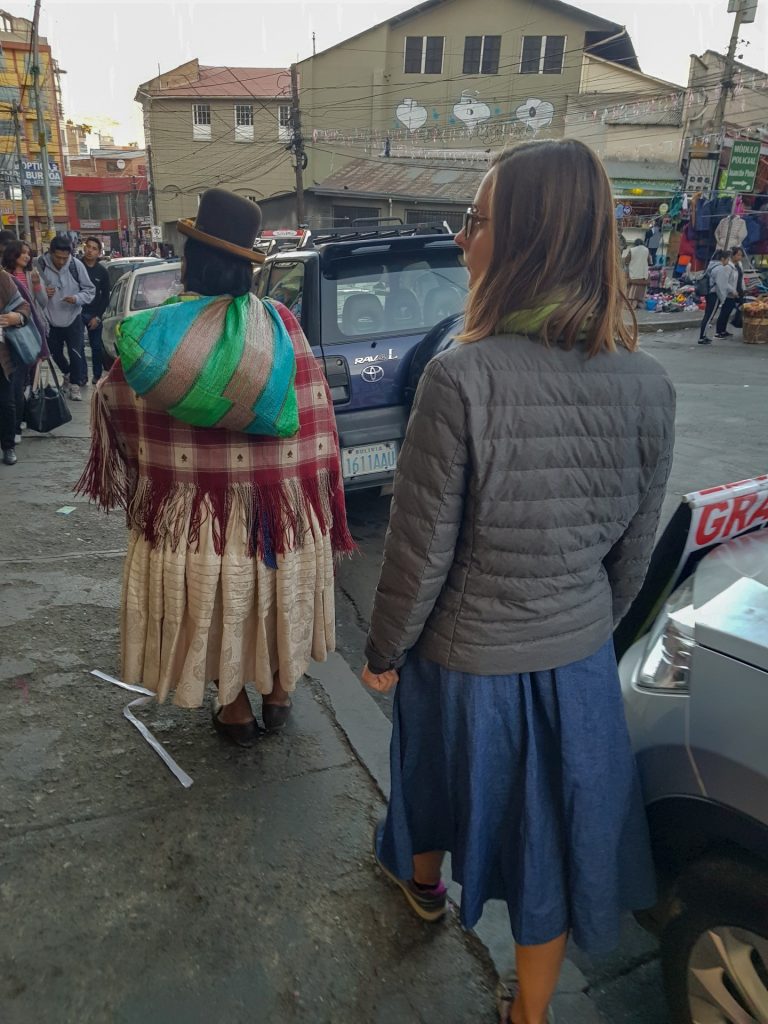
I’m just missing a hat 
street food
Bolivian women
Bolivia is the country of vibrant colors, first of all thanks to its women. Despite strong western fashion trend influence, they kept their traditional clothing. But what seems today as traditional, is a result of Spanish inquisition that forced the natives to dress after the European fashion. But they adapted it in their unique way and kept it for centuries.
This colorful clothes are worn by Cholitas – Bolivians from the Indian Aymara tribe. They look fabulous in their colorful dresses and bowler hats on their heads. But how did they find these bizarre hats?
This is a story of some very successful marketing campaign 🙂 These bowler hats appeared in 1849 in London, and a whole line of these hats were manufactured in order to sell them to British railway workers, who in that time were stationed in Bolivia. When the hats were delivered to Southern America it turned out that they were too small for British heads. The enterprising Britons tried to convince the Bolivian men to wear them but to no effect. In order not to lose their goods, they shifted their attention to the women. At first, they were not that positive, but the company fabricated a story that all trendy and fashionable women in Europe wore these hats and it was an absolute “must have”. Nowadays, the bowler hat is the Bolivian national pride and is an inherent part of the traditional women’s garment. The original bowler hat may cost up to 1000 dollars!
There is also a legend that those women, who wear bowler hats, do not have problems with fertility. In Bolivia, which is a country filled with superstition and old wives’ tales, such things are treated with great respect. The way of wearing the hat is also important. For example, if it’s on the top of the head as opposed to slanted to the side, it means that the woman is married.
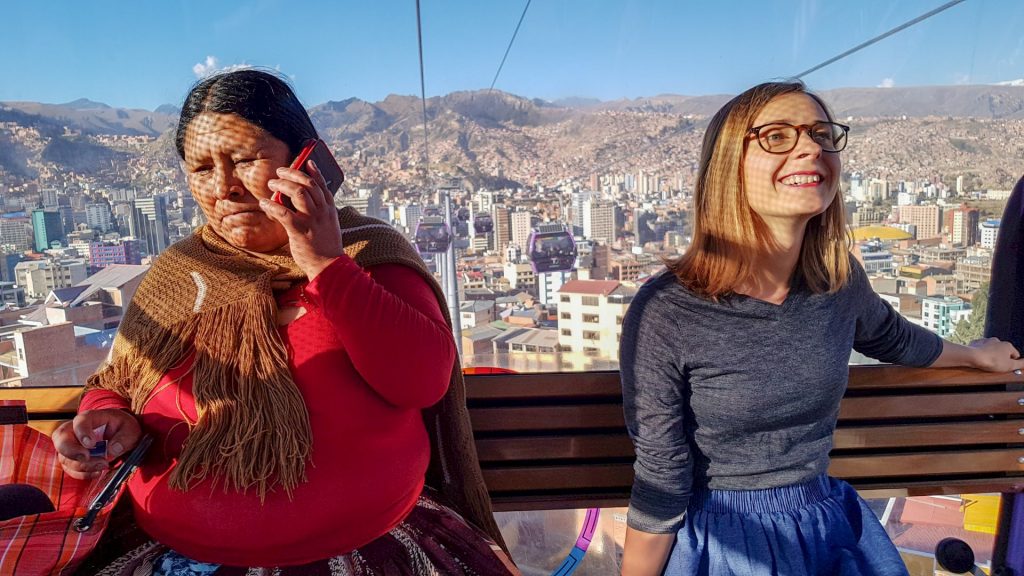
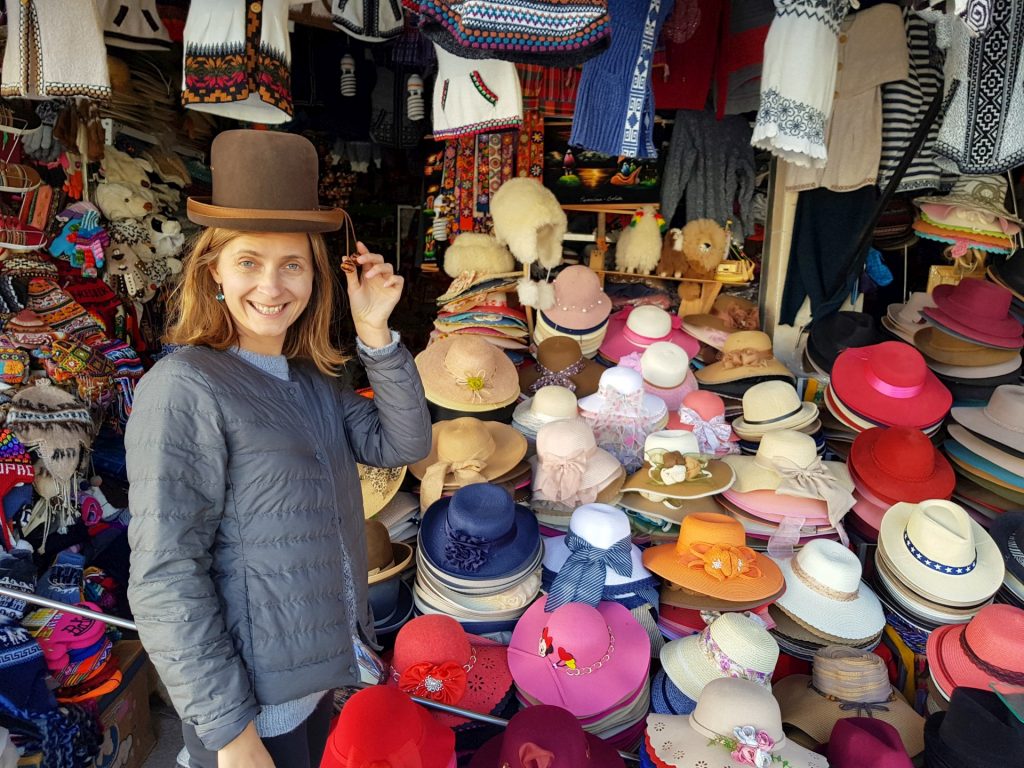
Found a hat! does it fit me?
Colorful La Paz
La Paz is a very charming and cozy city (at least its central part), with lots of parks, markets, museums (even a museum just about Coca leaves!), bars and restaurants. It is truly a unique and beautiful city! But just simply to walk there was hard due to the high altitude… even despite the fact that we spent the last month being higher than 2000 m. We even bought some coca leaves at the local market to chew, they say it helps, but I didn’t feel the effect and it’s quite bitter. It numbs the tongue though!
Bolivians are very superstitious people, so you can also find markets like el Mercado de las Brujas (The Witches’ market). It is a popular tourist attraction located in Cerro Cumbre. Merchandise sold in The Witches’ Market, run by local witch doctors known as yatiri, includes potions, dried frogs and medicinal plants used in Bolivian rituals. The yatiri can be easily identified by their black hats and coca pouches containing amulets, talismans and powders that ensure luck, beauty and fertility. Most famous of all the items sold in The Witches’ Market are the dried llama fetuses. These llama fetuses are buried under the foundations of many Bolivian houses as a sacred offering to the goddess Pachamama (Mother Earth).
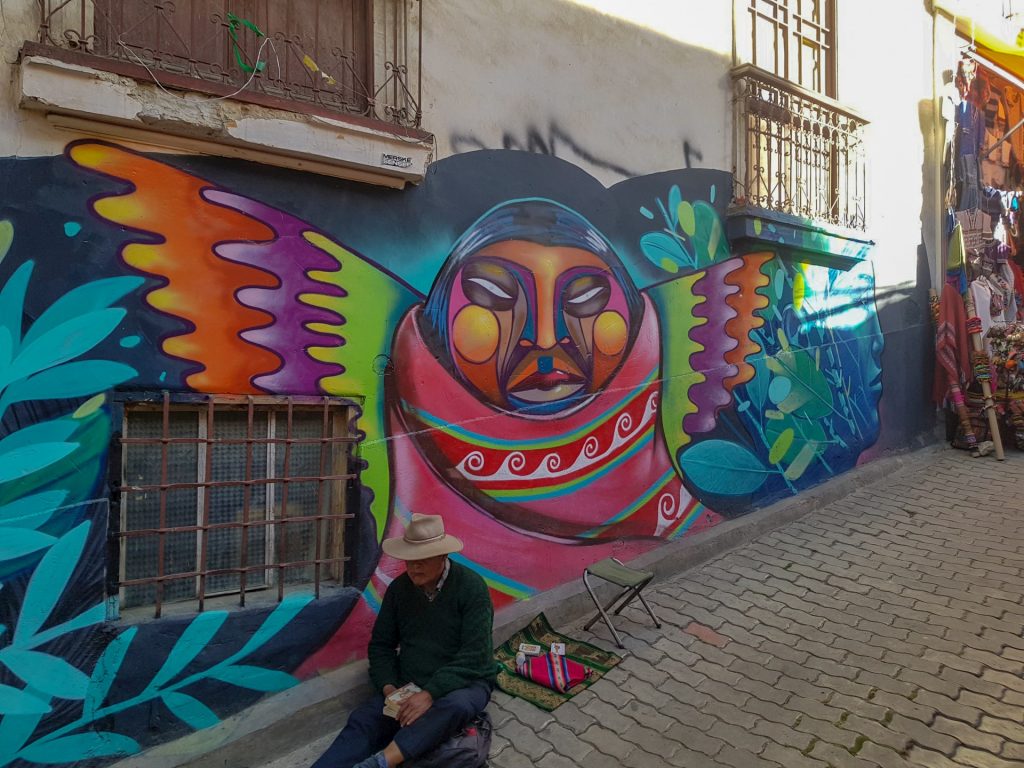
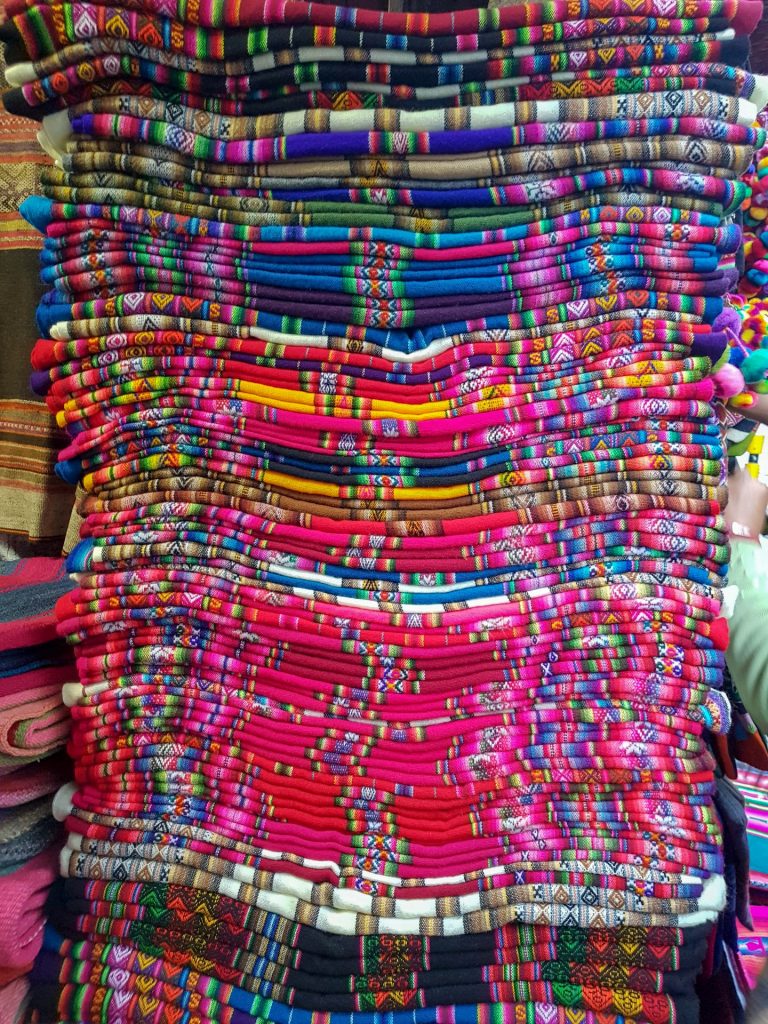
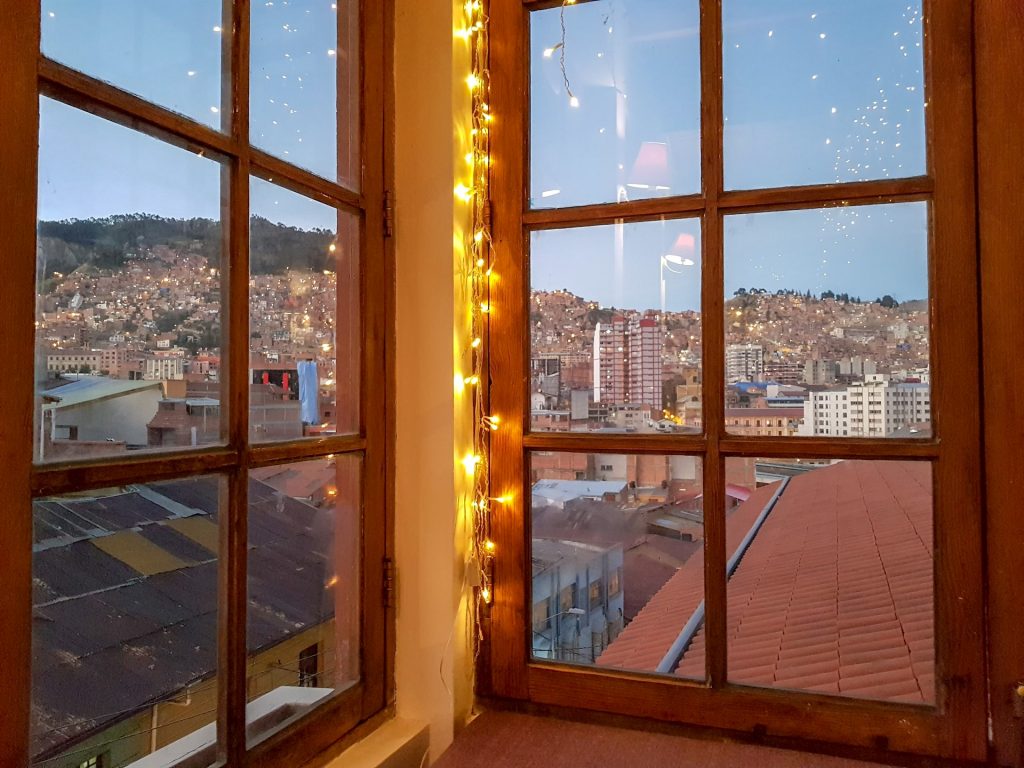
Carrot Tree 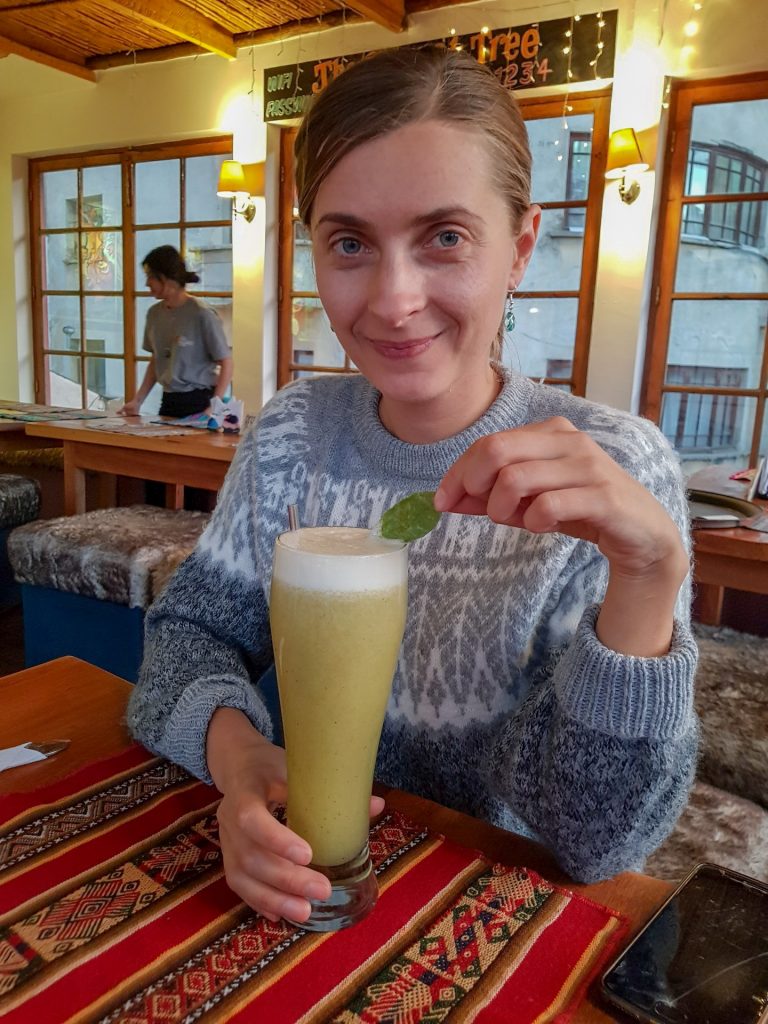
coca leaf smoothie 🙂 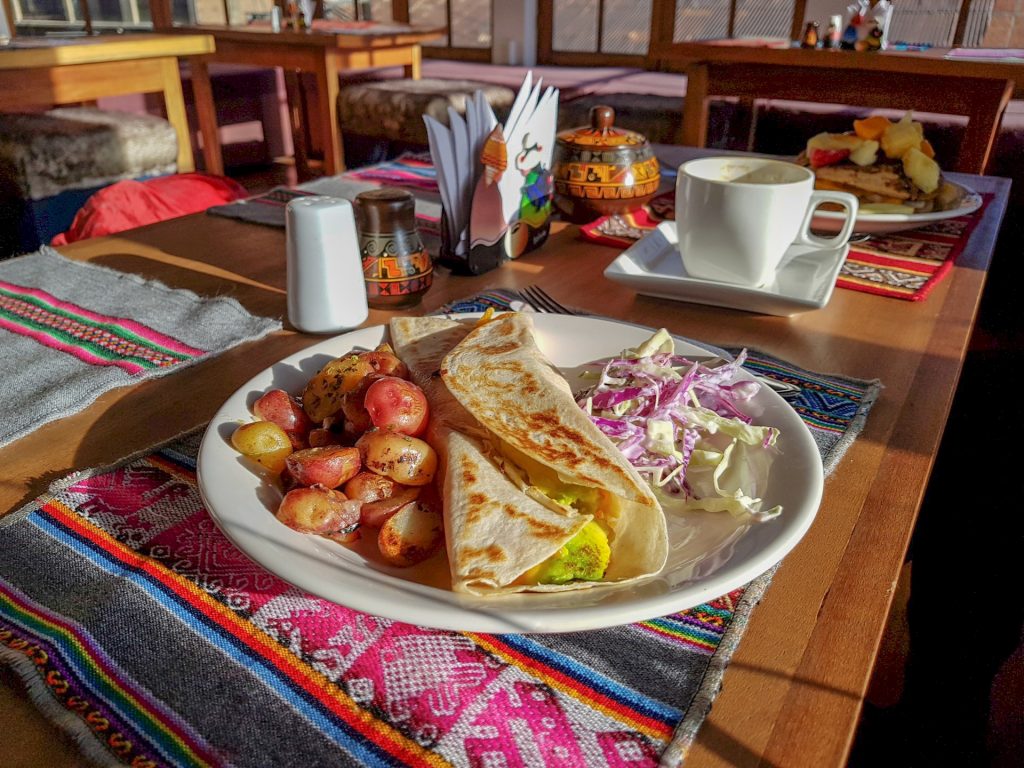
The Carrot Tree, its very tasty there!!!!!!!!!!!!!! 
Mercado de las Brujas 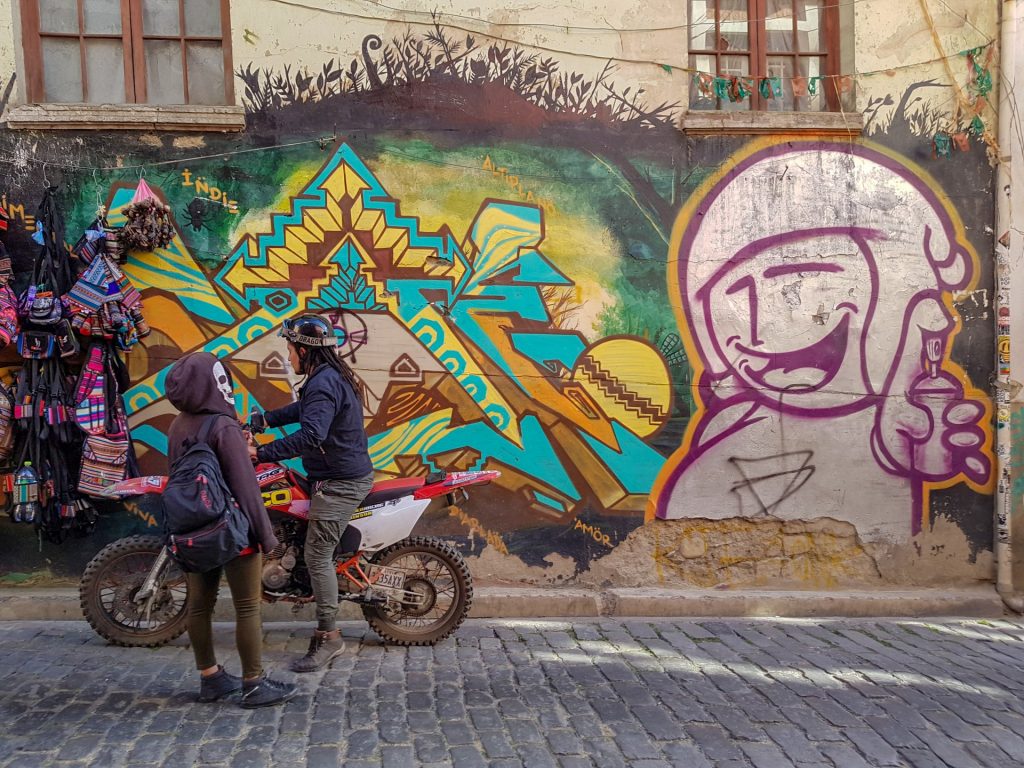
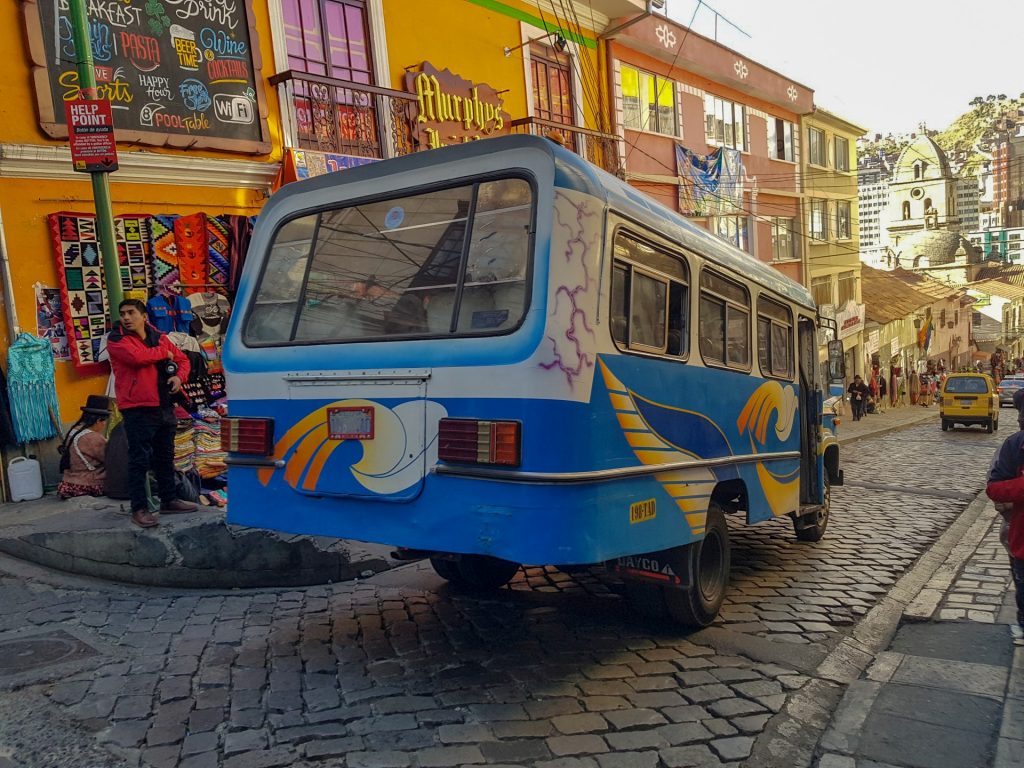
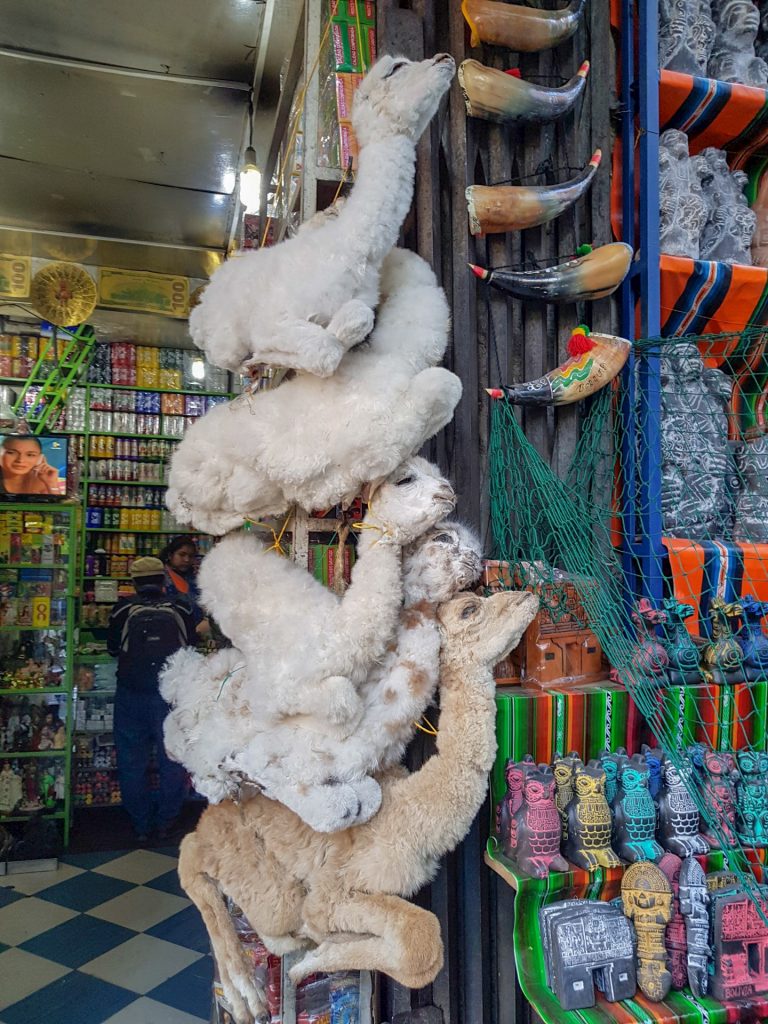
dried llama fetuses 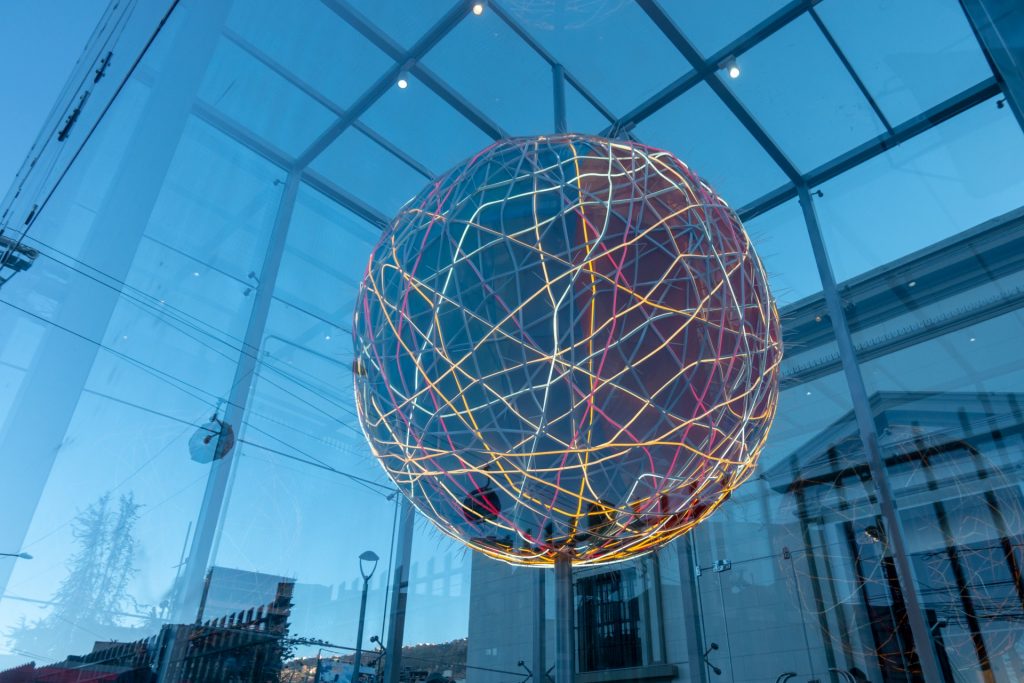
Chacaltaya – 5 421 m above sea level
La Paz is surrounded by many high mountains, it is a popular destination to climb the ones over 6 000 m. We met quite a lot of people who did or were going to climb the Huayna Potosí peak (6 088 m) that we would like to do one day as well. But we were not very well equipped that time (and a bit lazy :)), so we chose the easy one, to climb the Chacaltaya mountain (5 421 m). It is a very popular tour, they drive you up to around 5 200 m, and you have to climb just 200 m of altitude. So its a nice test to see how your body is behaving itself on the altitude…..and it was hard! My heart was jumping out and it was difficult to breathe, but the view was definitely worth it!
The picture below is a 360 photo, click and drag to look around, scroll to zoom!
Before there was the Chacaltaya glacier, but unfortunately it melted at a faster rate than expected and it disappeared in 2009. The glacier on Chacaltaya served as Bolivia’s only ski resort. It was the world’s highest lift-served ski area and the northernmost in South America.
The picture below is a 360 photo, click and drag to look around, scroll to zoom!
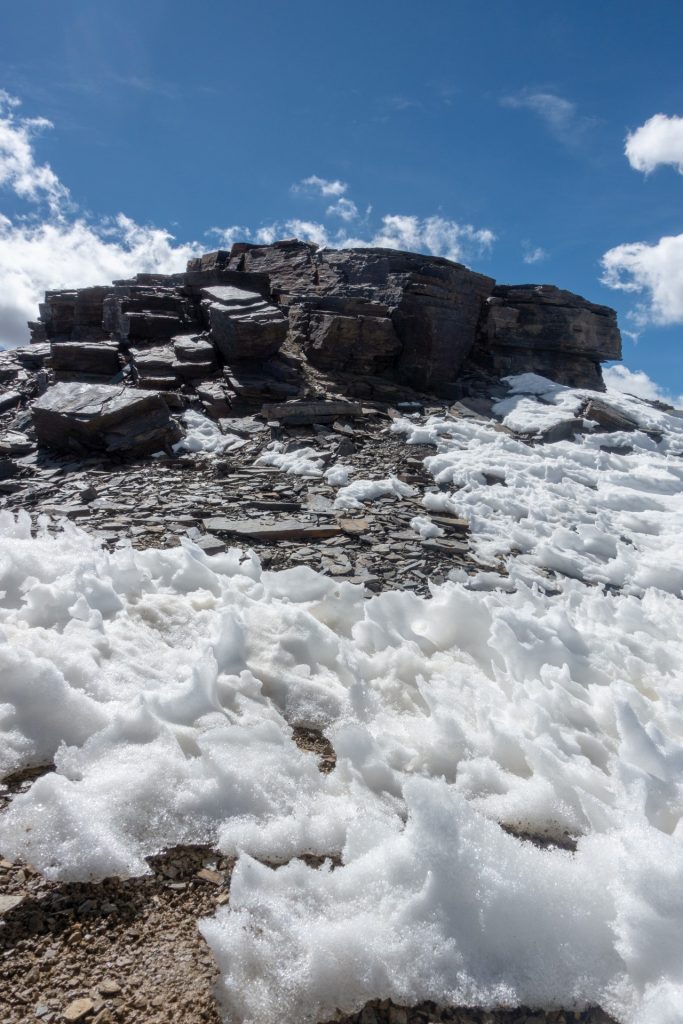
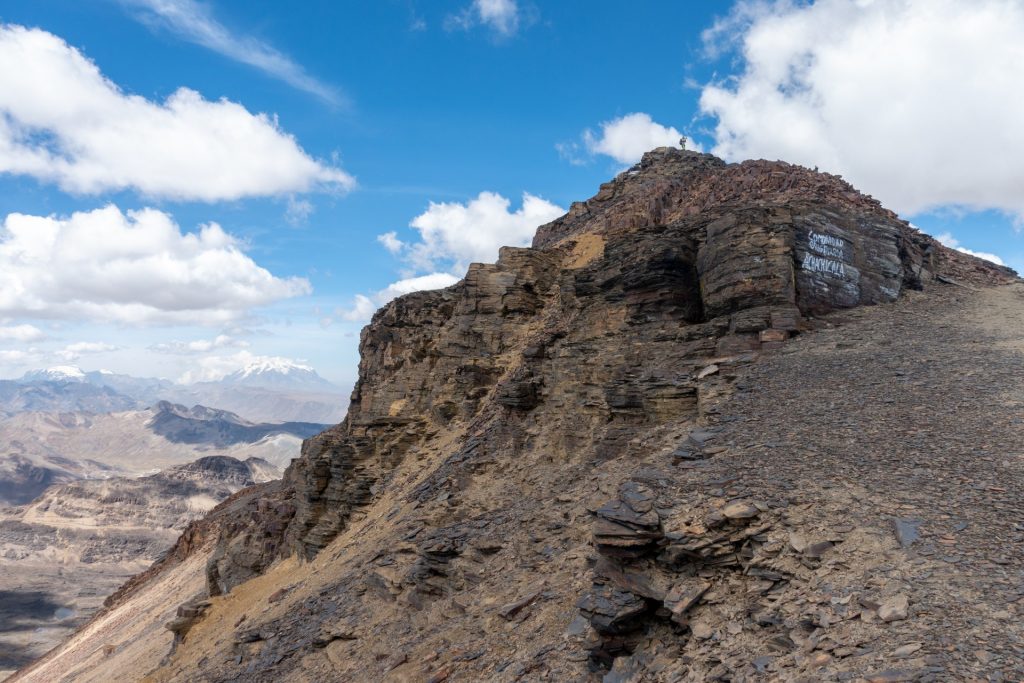
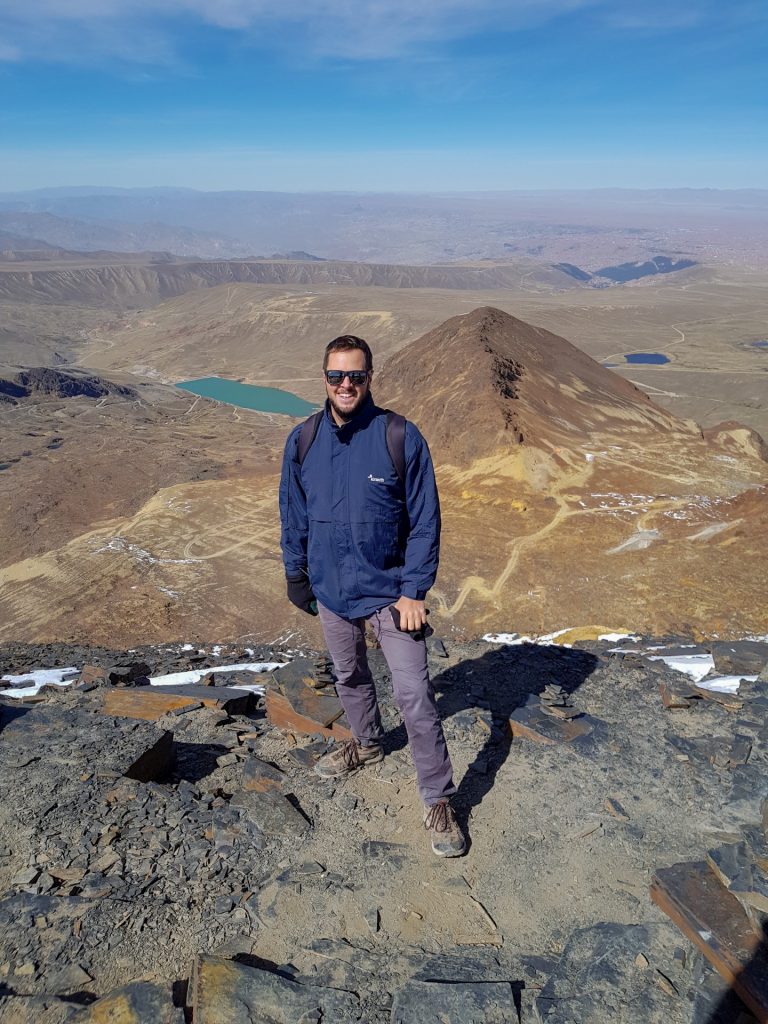
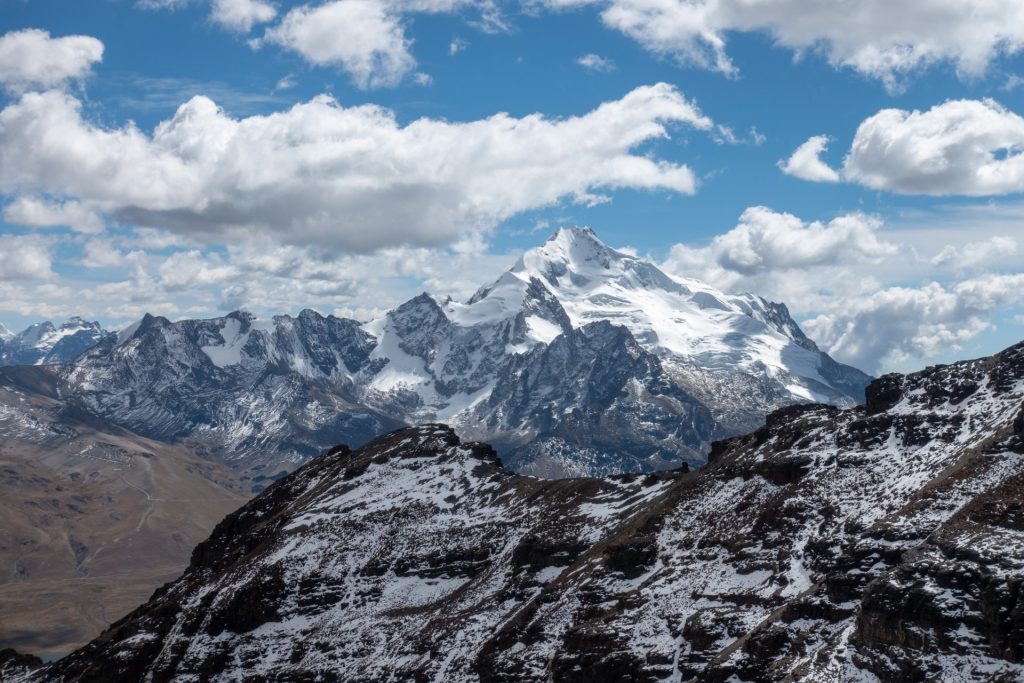
You can see the Huayna Potosí mountain from here 

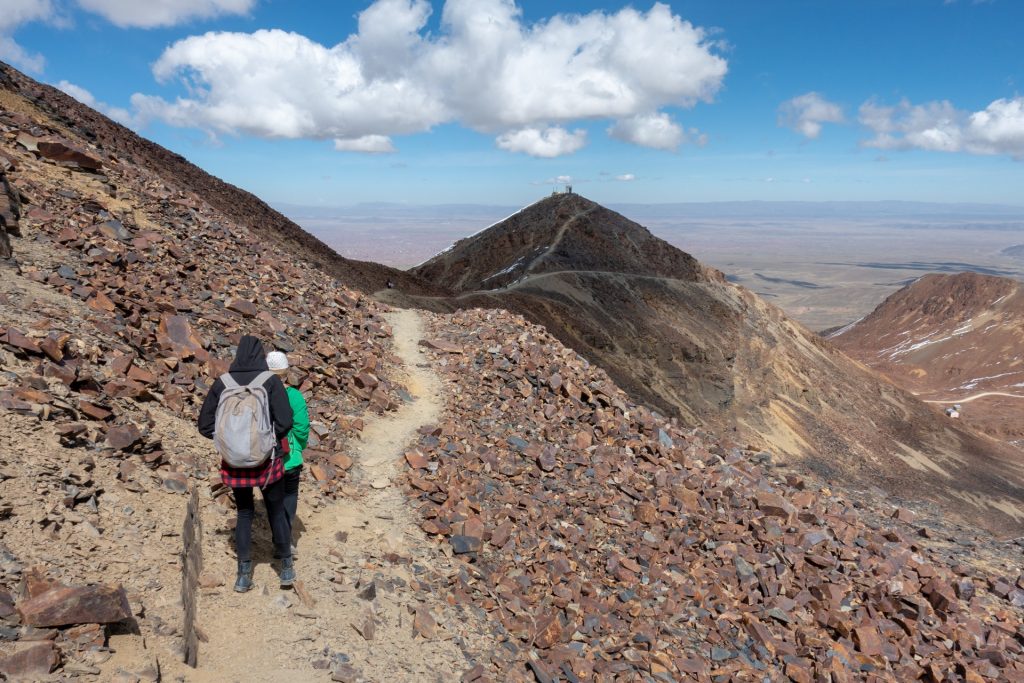
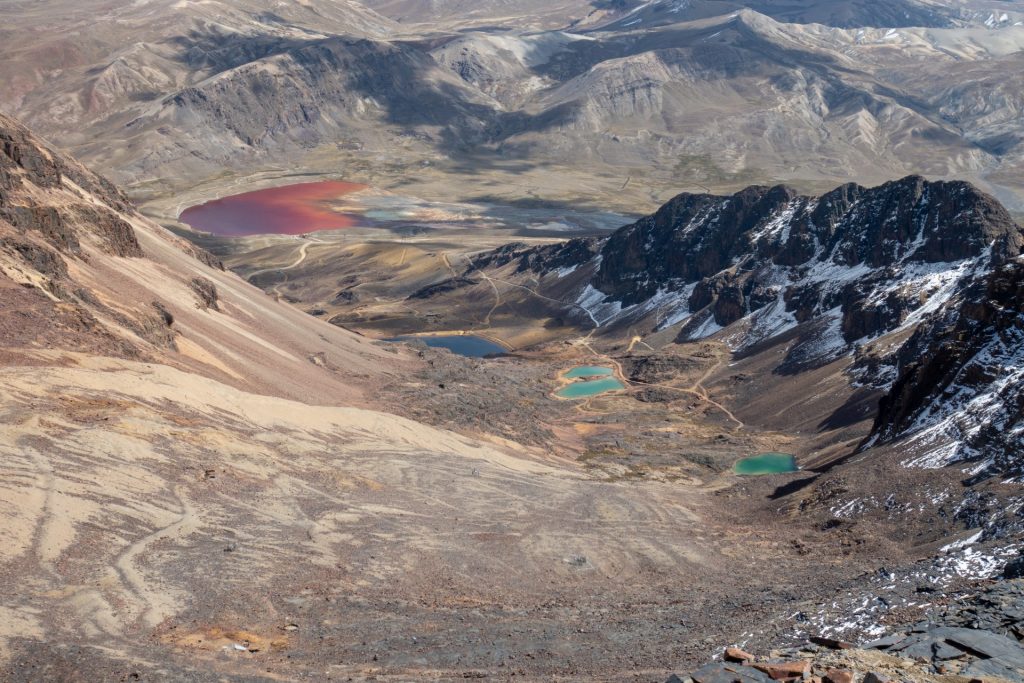
so many colorful lakes! 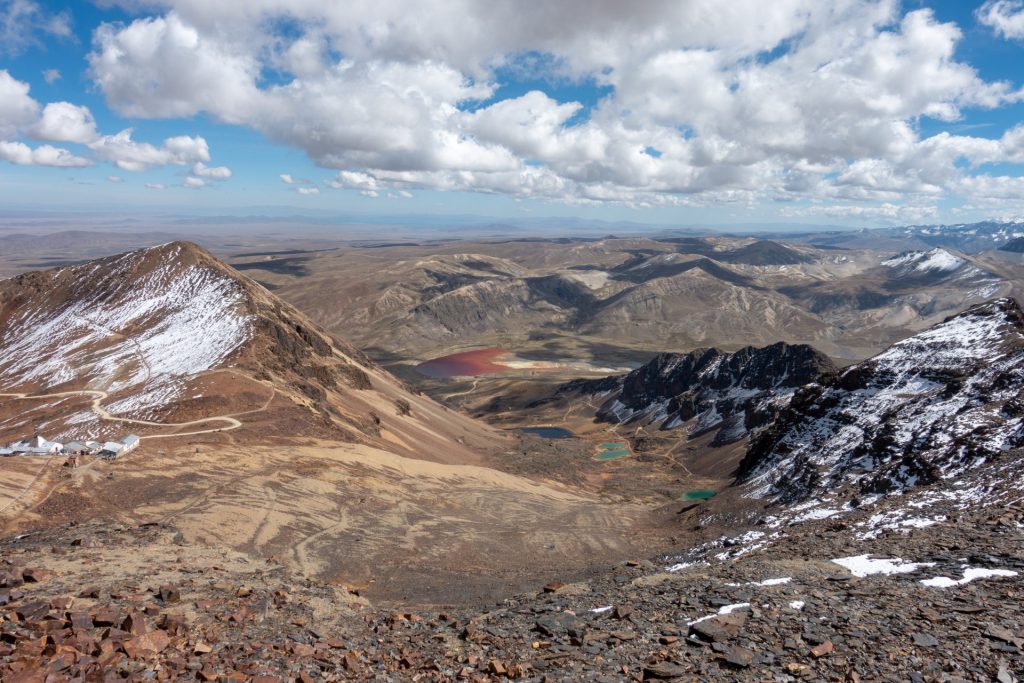
and even the Titicaca lake far far away… 
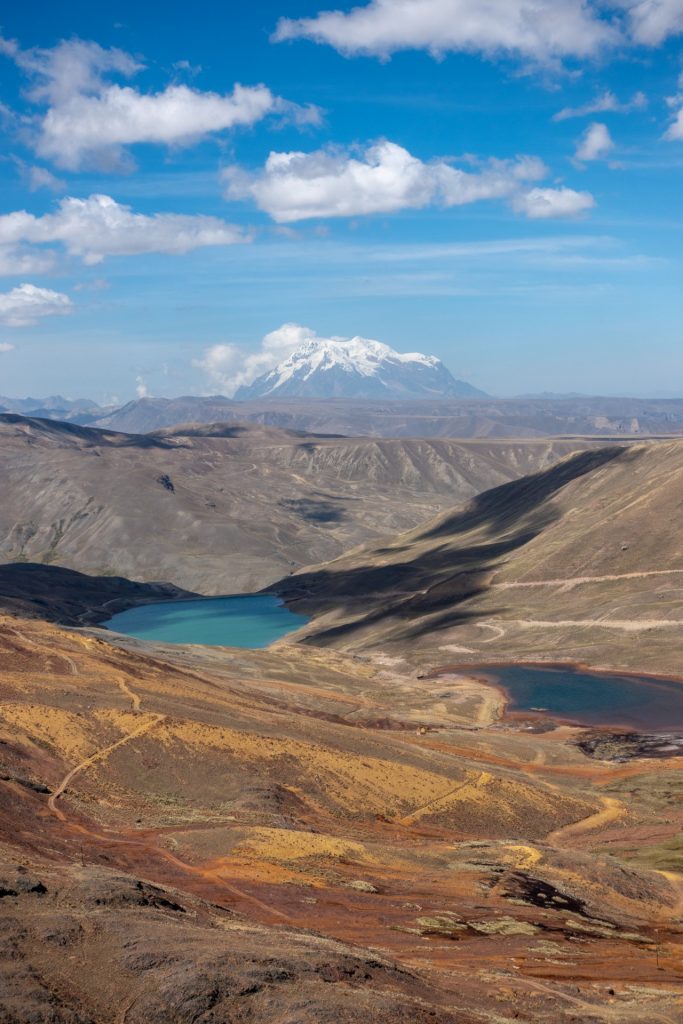

and of course, llamas are everywhere!
Valle de la Luna
The other famous place to visit next to La Paz is la Valle de la Luna (Moon Valley). It is even reachable by public transport! It consists of an area where erosion has worn away the majority of a mountain, composed primarily of clay rather than rock, leaving tall spires. You have the feeling that you’re walking on the Moon 🙂 and it’s super hot there! We did Chacaltaya and the Moon valley in one day, which was such a drastic difference, the cold 5 400 m peak and the hot and dry Moon valley!
Wout was sick the day we booked the tour, so I visited this place before, and he went the next day….and we noticed that we made exactly the same 360 pictures! try to find the differences between the next two ones 🙂
Same, same, but different 🙂
The picture below is a 360 photo, click and drag to look around, scroll to zoom!
I was the lucky one to spot a very weird animal there, a viscacha! Try to find it on the first photo, they are masters of a camouflage. I would describe it as a mix of a rabbit and a squirrel.

viscacha 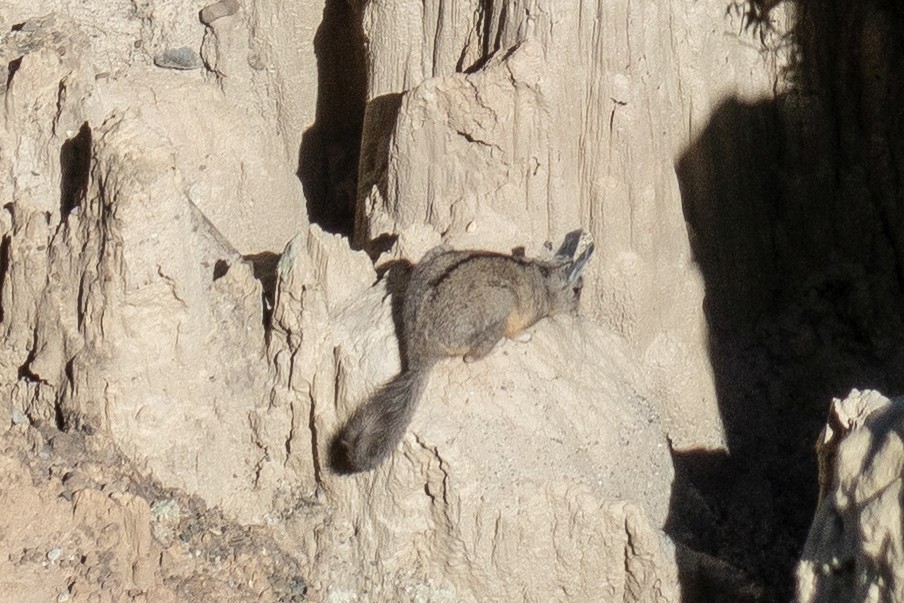
viscacha, close up 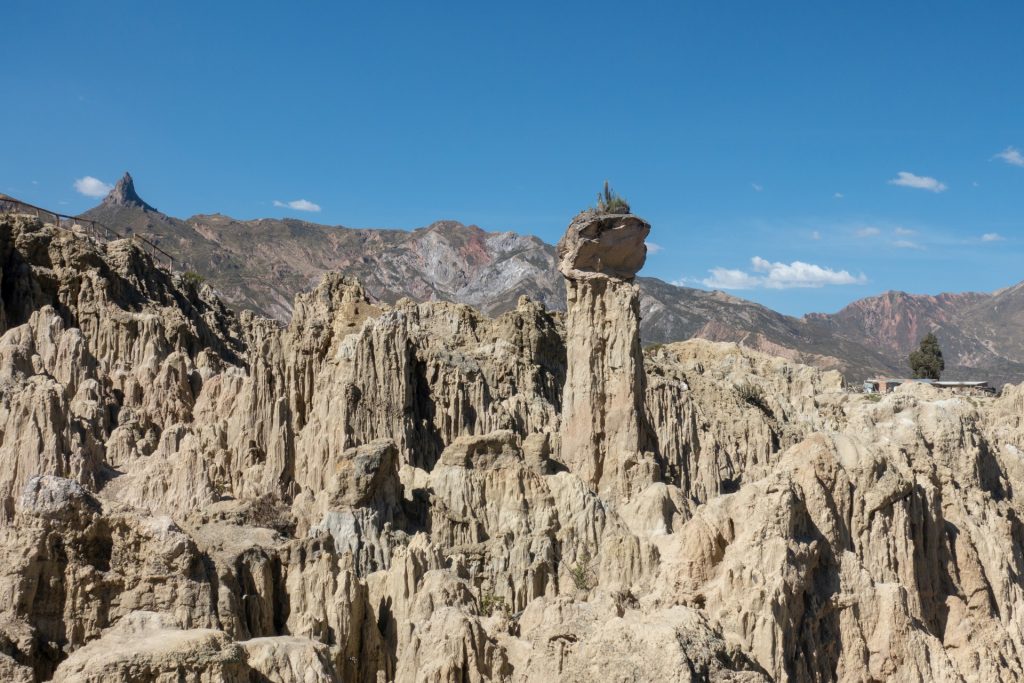

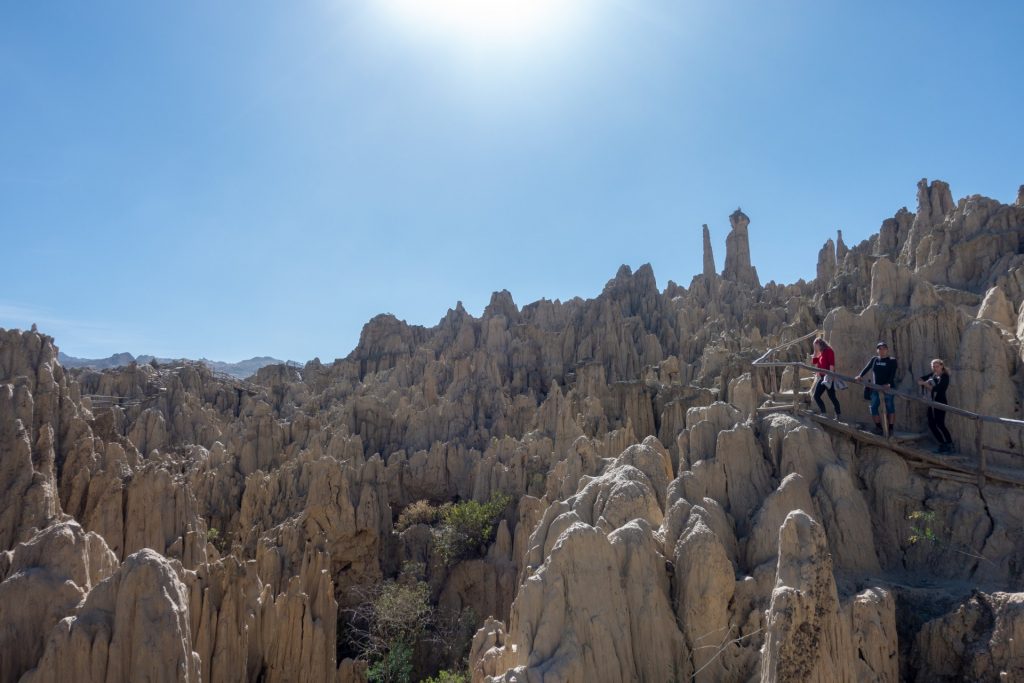

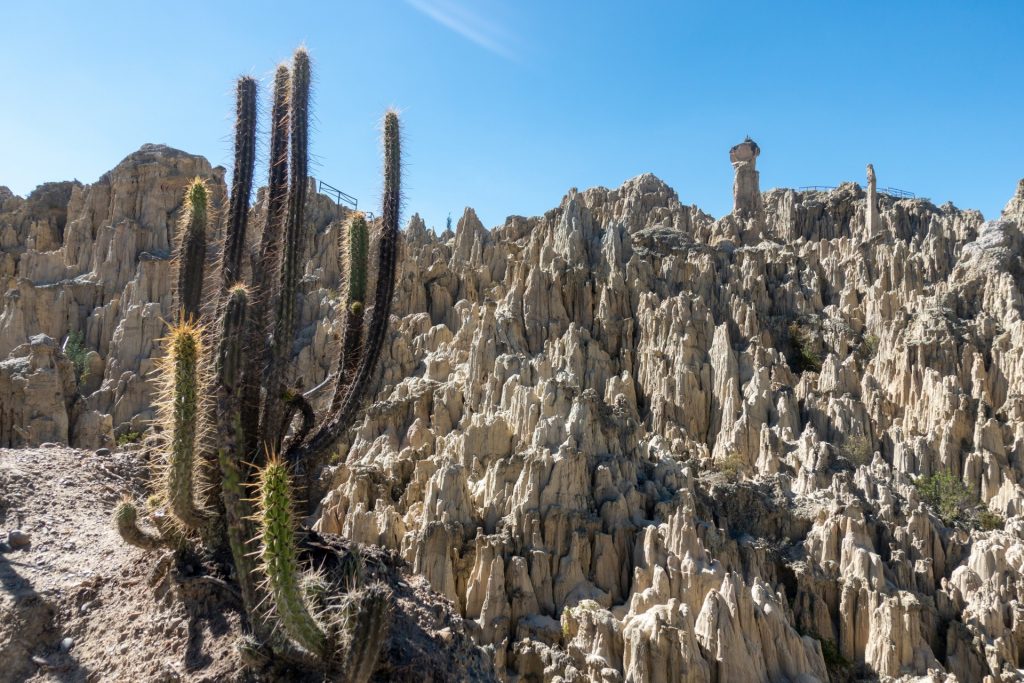
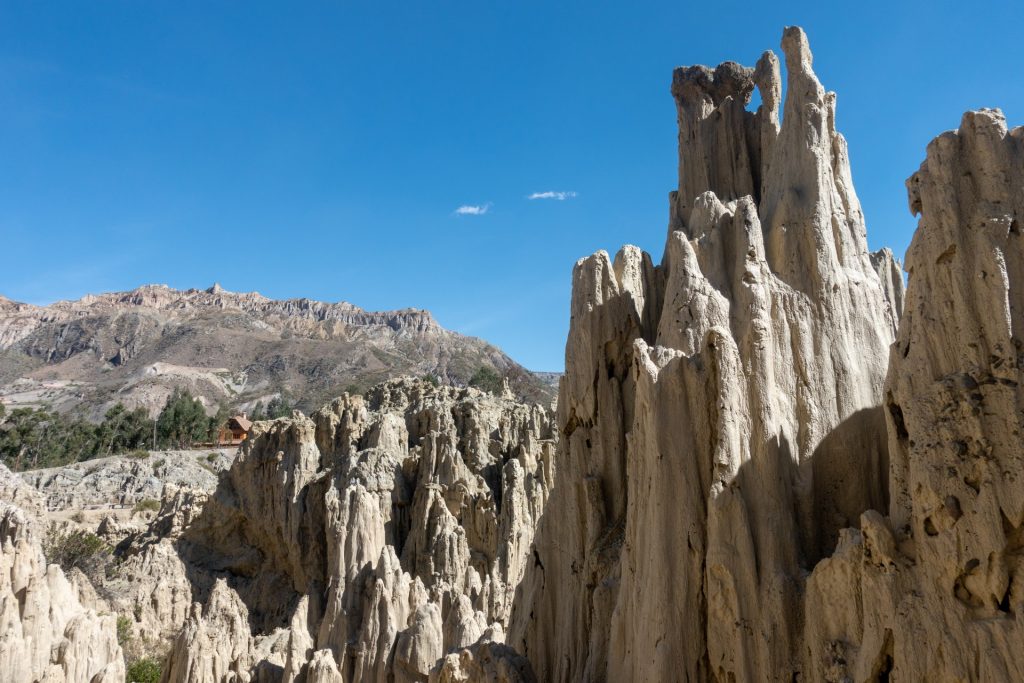
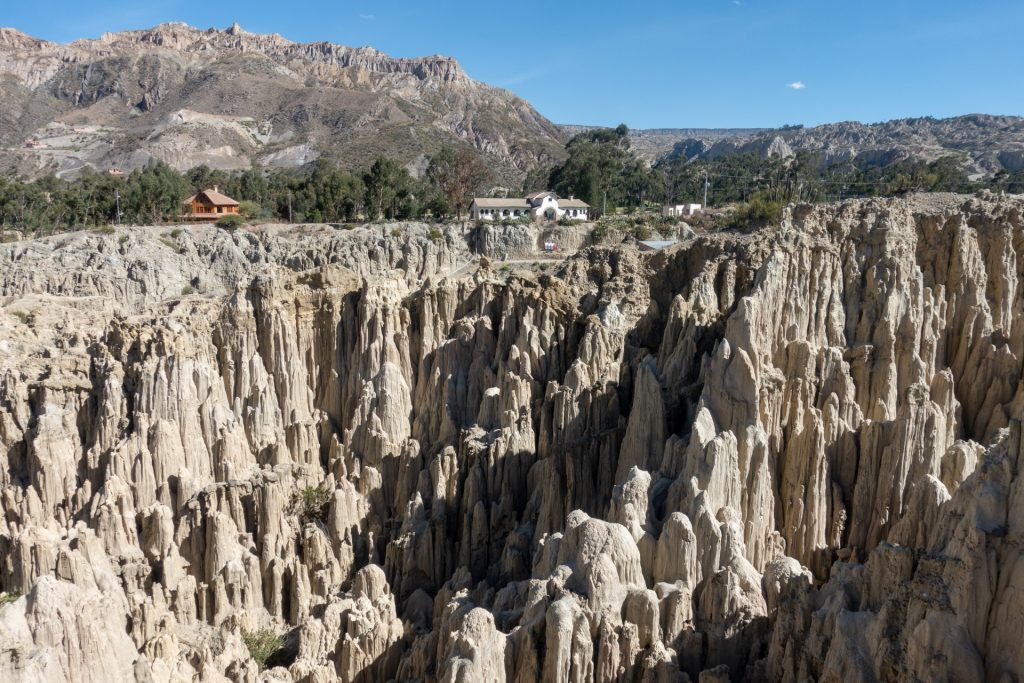

Cable cars
Estacion faro murillo, a 360 photo
This is the longest aerial cable car system in the world, with the final goal to reach a length of 33.8 km! And without any doubt it is a “must-do” in La Paz, super fun, cheap, and an amazing view on the city and mountains around!
Local people are very proud of this public transport system and it made their life a hundred times easier. Before it was aaalmost impossible for people from the Alto to work in the city center, while today they can go up and down in a few minutes, and with a reasonable price.
Mi Teleférico was planned in order to address a number of problems, including a precarious public transit system that could not cope with growing user demands and the high cost in time and money. The Red, Yellow, and Purple lines connect the neighboring cities of La Paz and El Alto, which are separated by a steep slope about 400 m tall, and which were previously only connected by winding, congested roads.
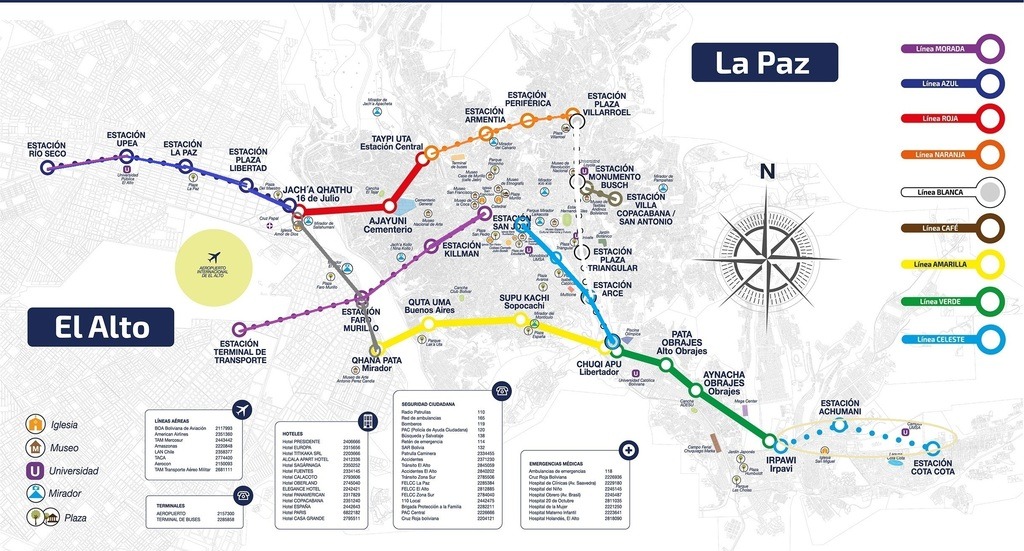
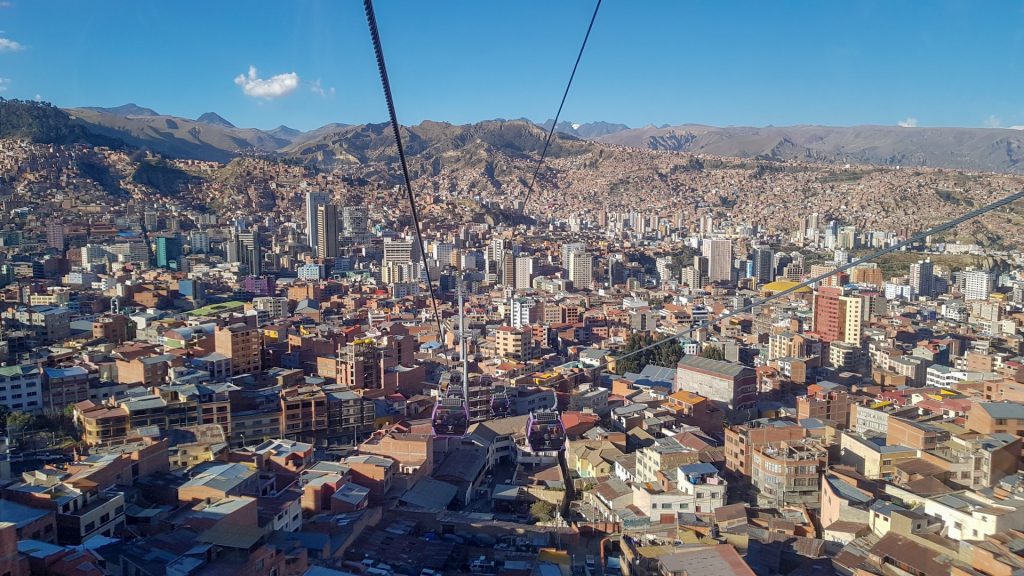
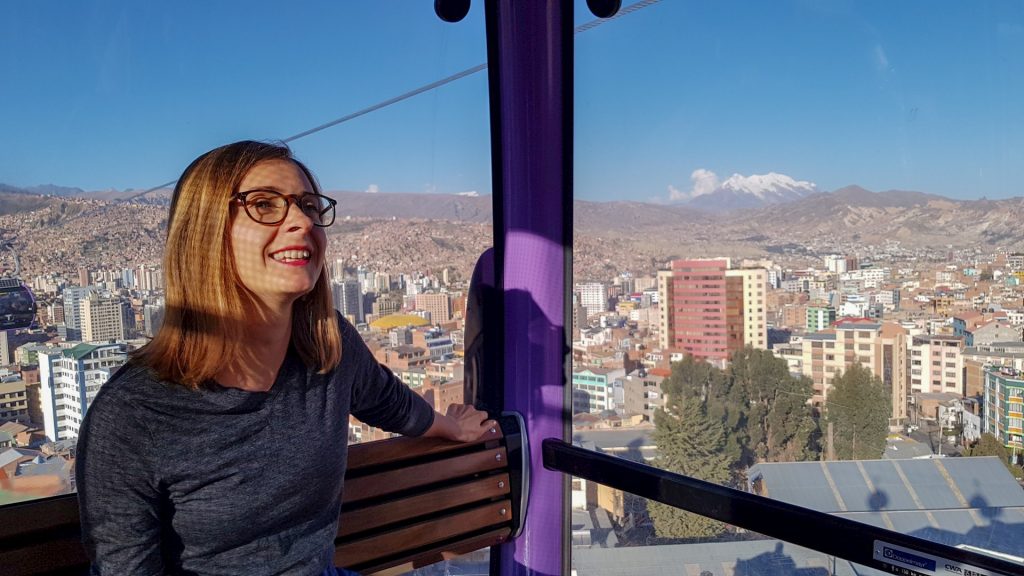
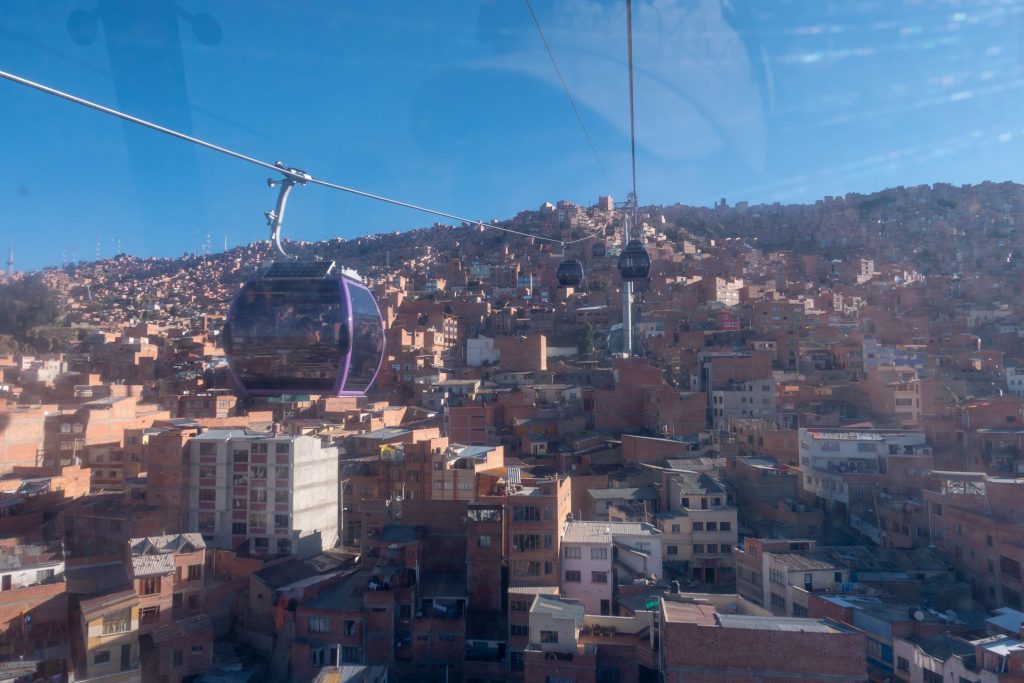

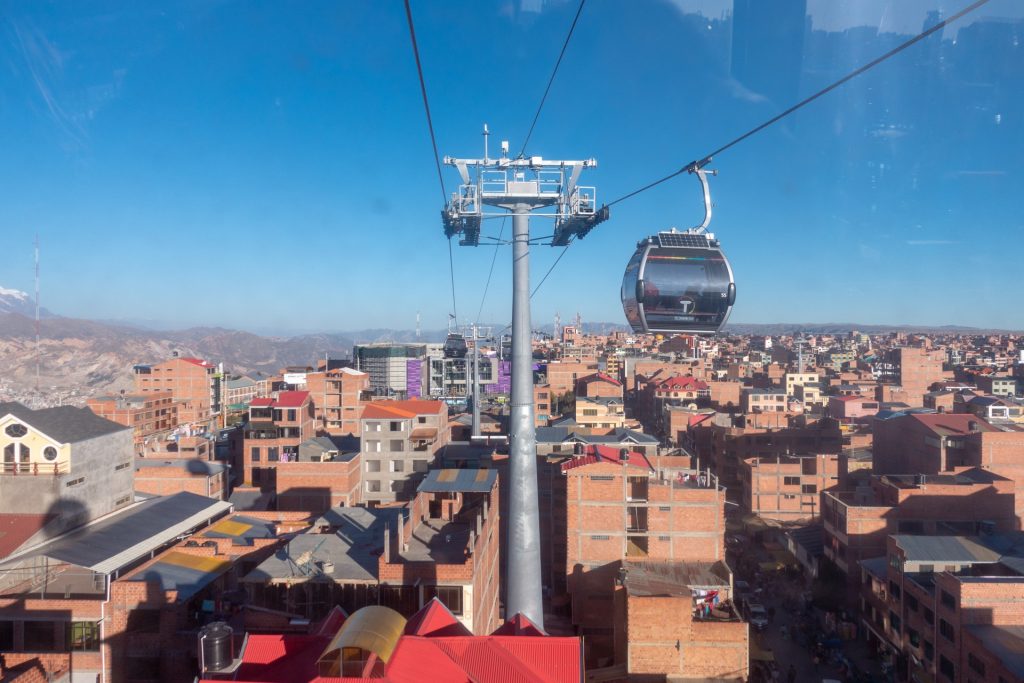
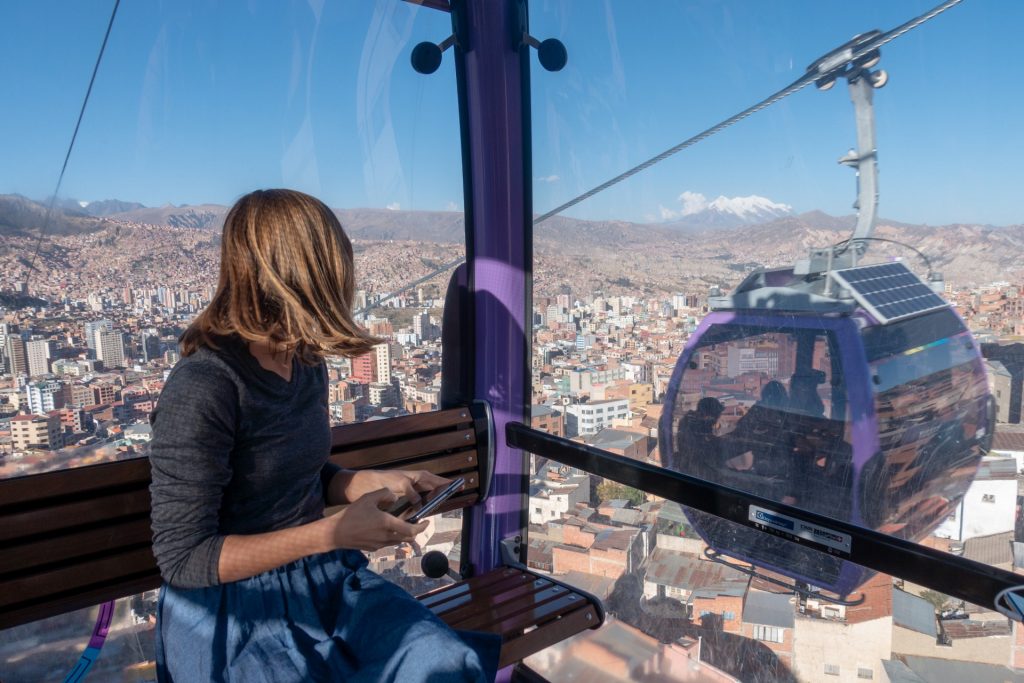
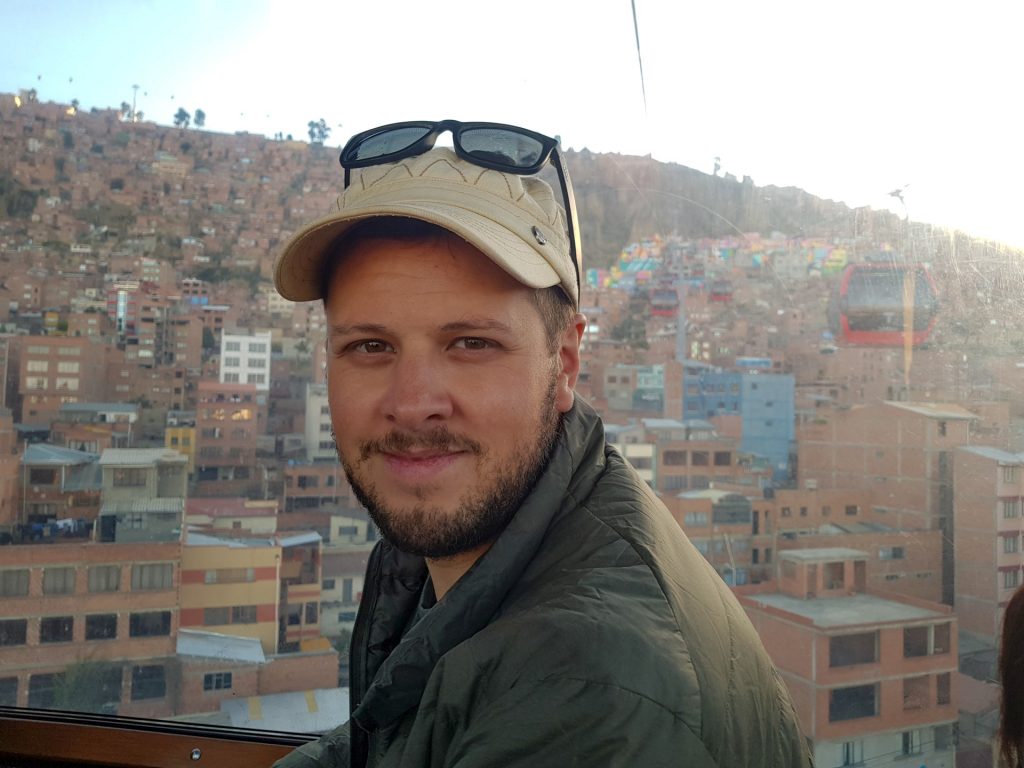

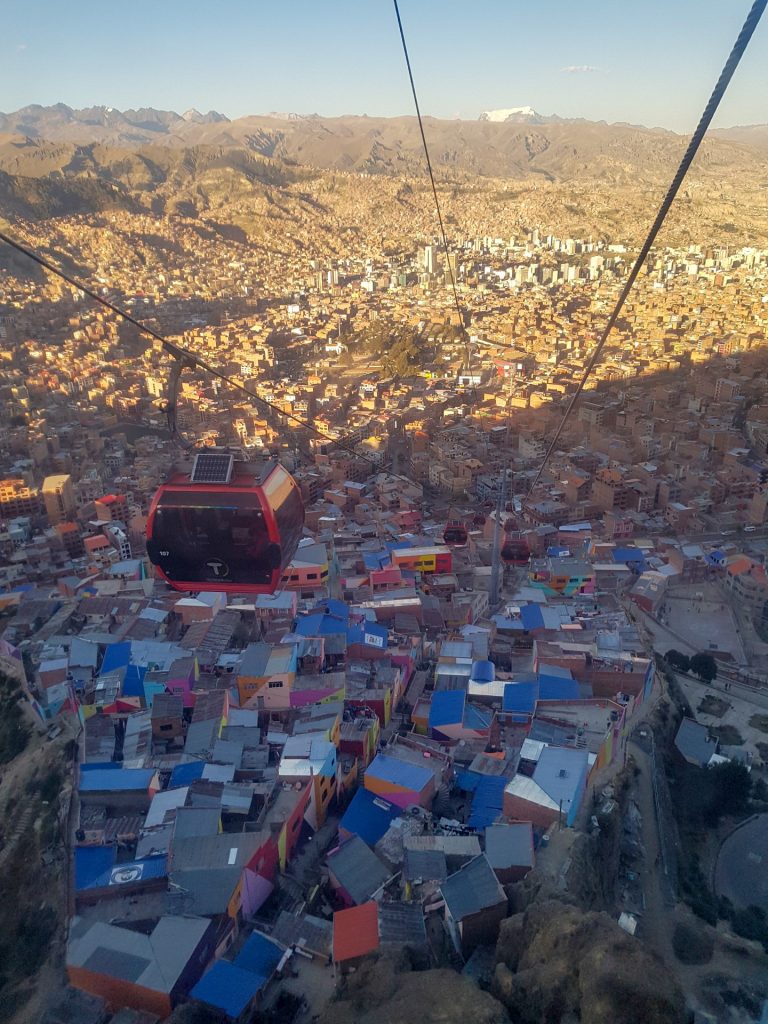

Red Line passes over a colorful district 

We really enjoyed the view from the Estacion faro murillo, in the end of a purple line. The view is spectacular, and its super fun to go up to 400 m, you feel your ears!
The picture below is a 360 photo, click and drag to look around, scroll to zoom!
Trip to Titicaca lake
The last destination in Bolivia for us was the city called Copacabana, the main Bolivian town on the shore of Lake Titicaca, and just 5 km from the border of Peru, where we were going next.
There was one part of the lake that we had to cross by pontoon, luckily separated from the bus…the pontoon didn’t look very reliable.

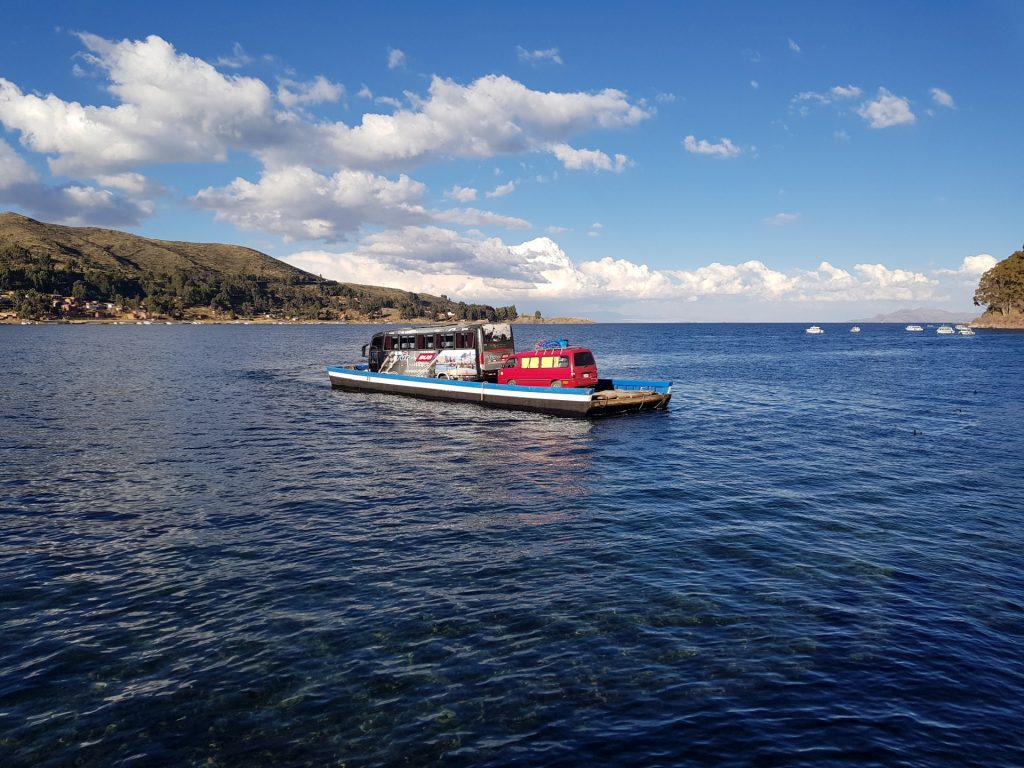
our bus 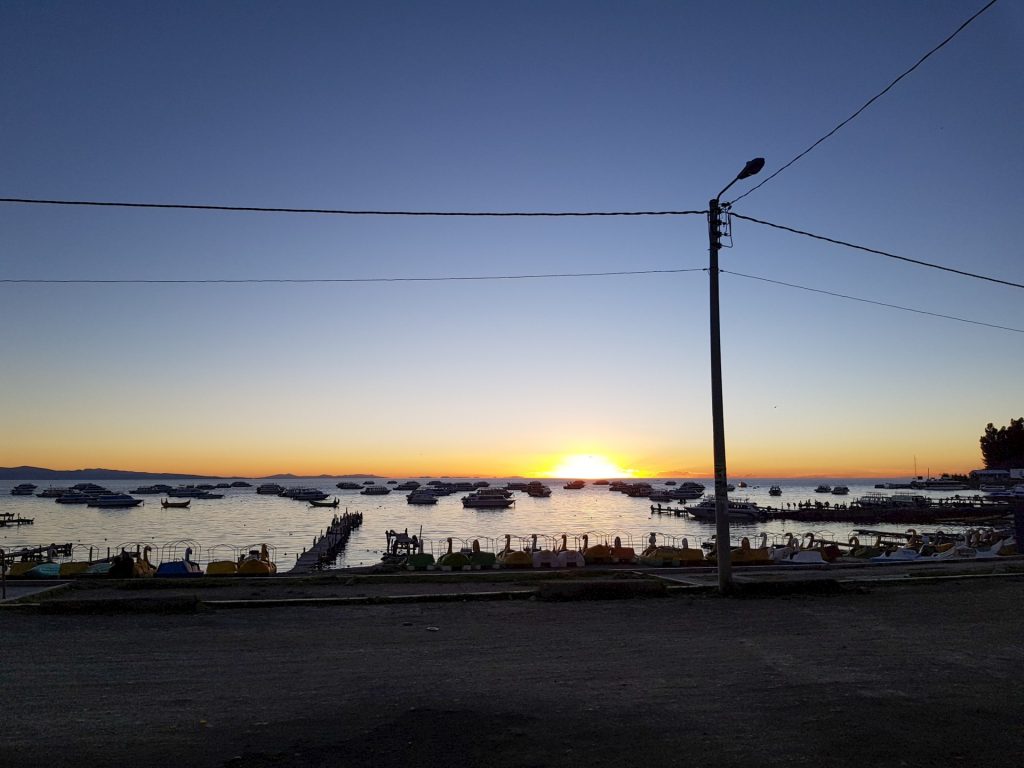
our first sunset on Titicaca Lake 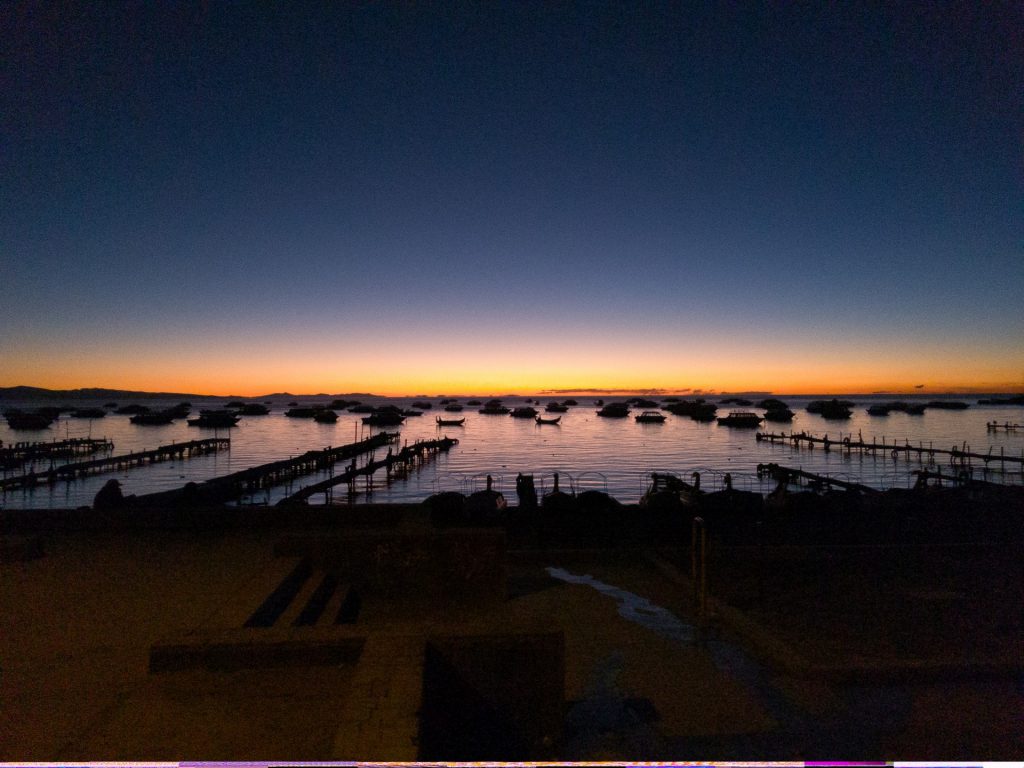
We arrived at the evening, and the first thing that we did was eat a trucha à la plancha (grilled trout) just in front of the lake. This is a very common fish there, and it is veeeery tasty 🙂
Islas and llamas
There is almost nothing to do in the city itself. So most of the tourists go to the islands Isla del Sol and Isla de la Luna by boat. We took a day tour, but it is also possible to stay at night at the Isla del Sol, there are lots of guesthouses, and this place is much more authentic and rural than Copacabana. There are also some inca ruins to visit on those islands.
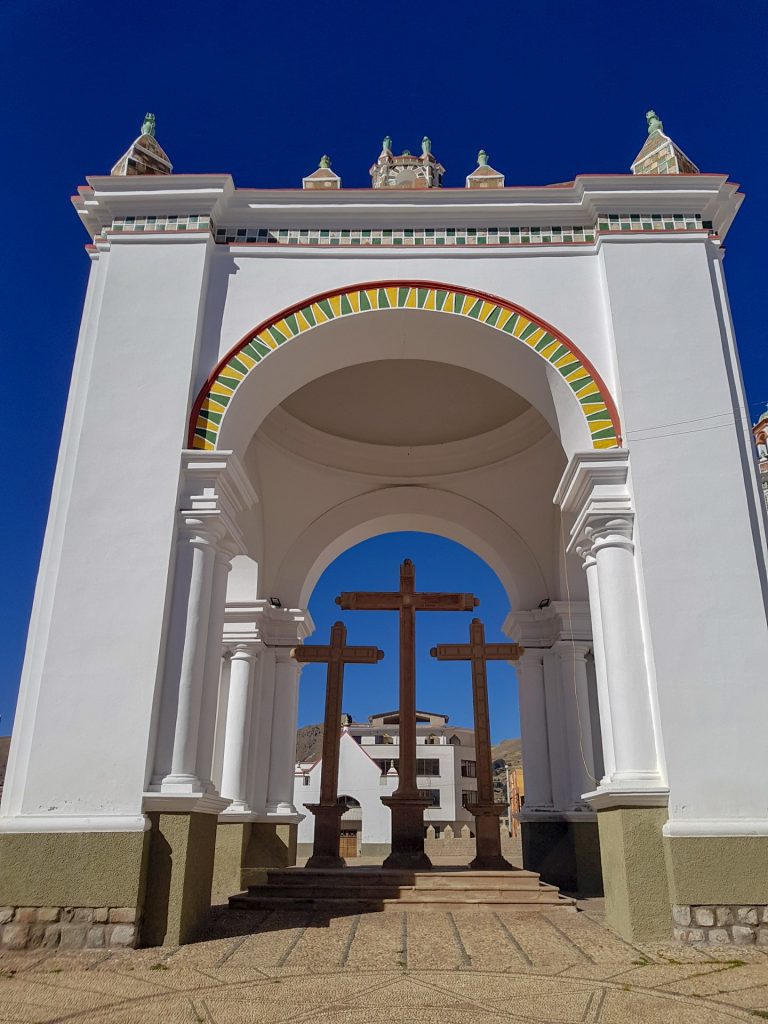
church in Copacabana 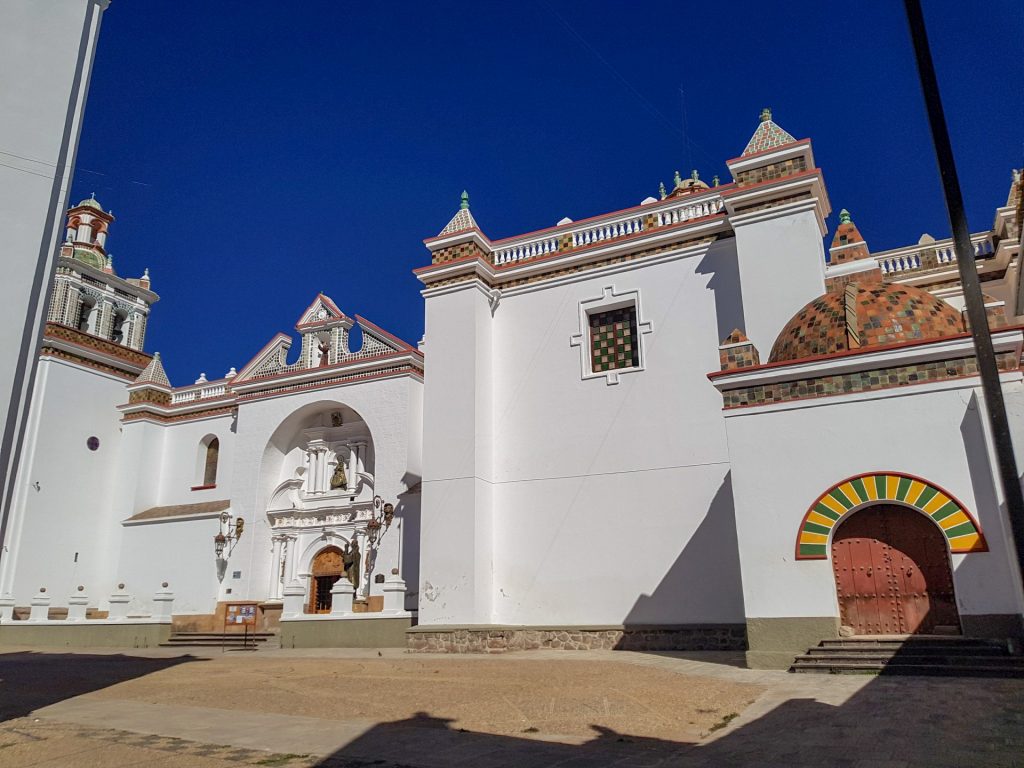

Isla de la Luna 
Inca Ruins 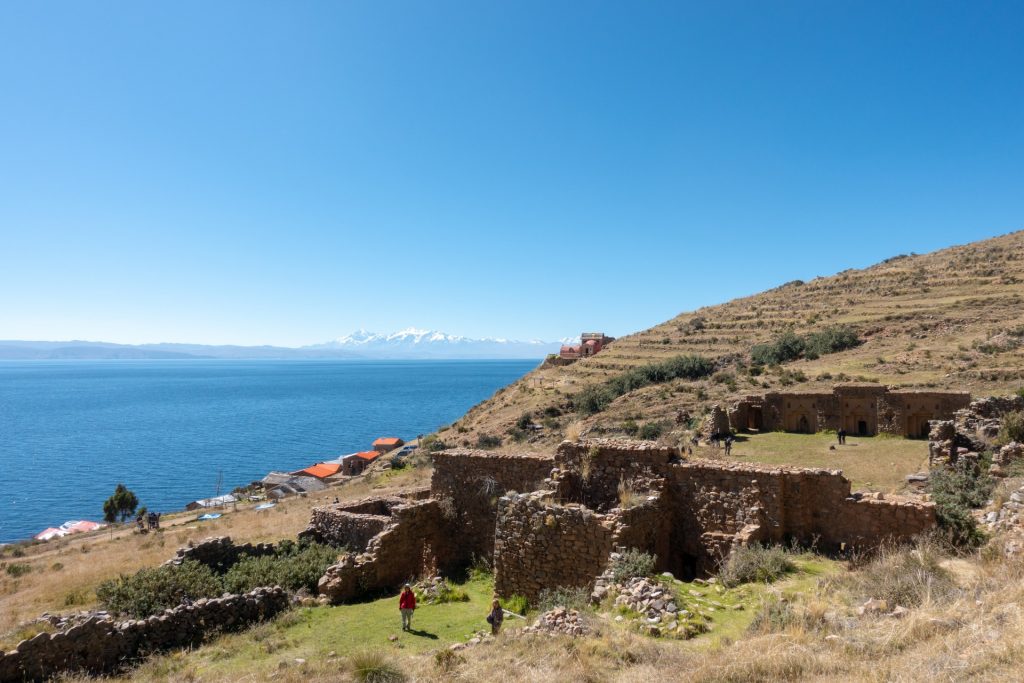
Inca Ruins 
Inca Ruins 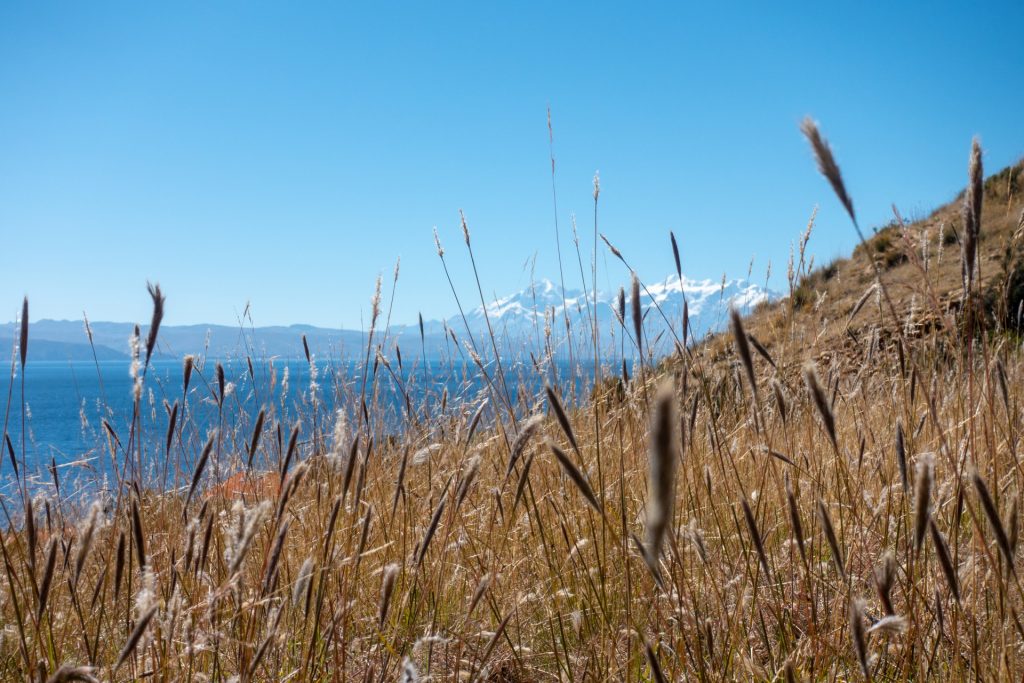
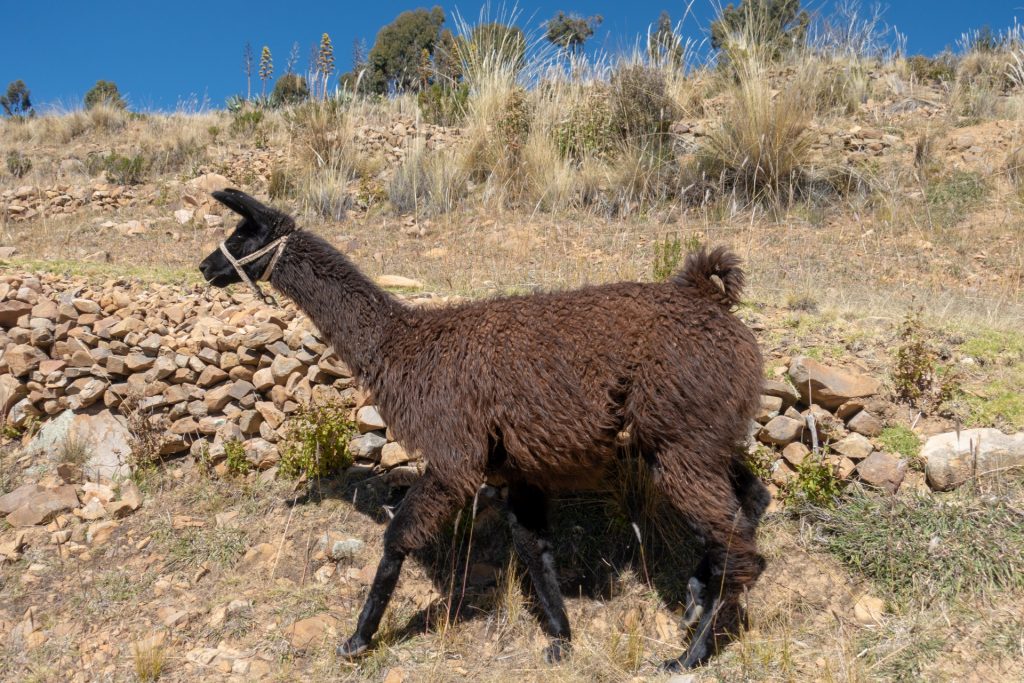
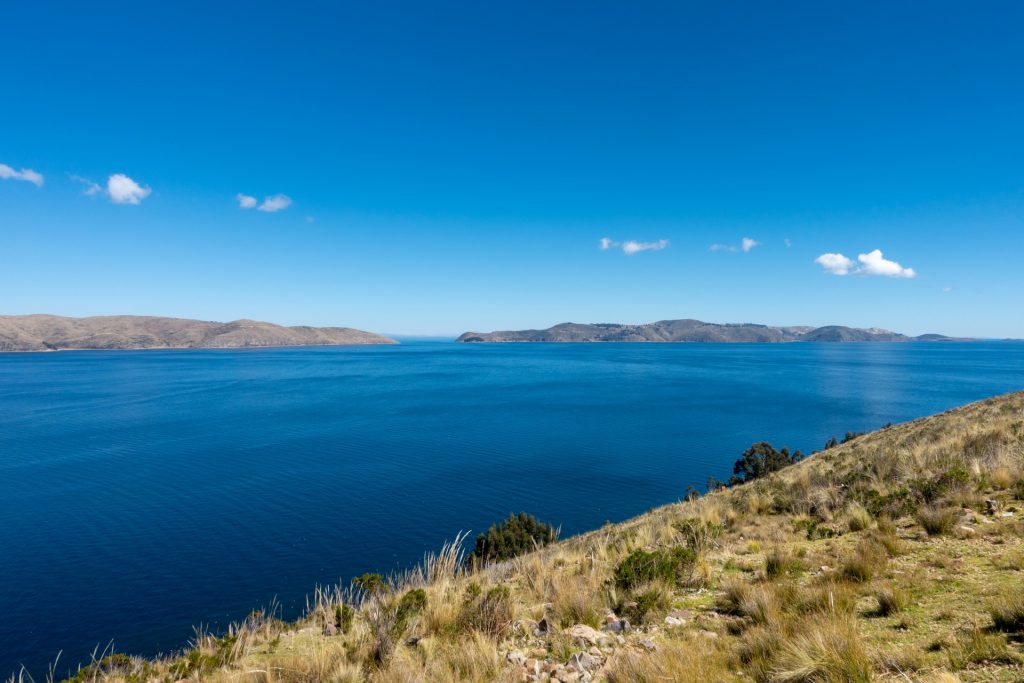
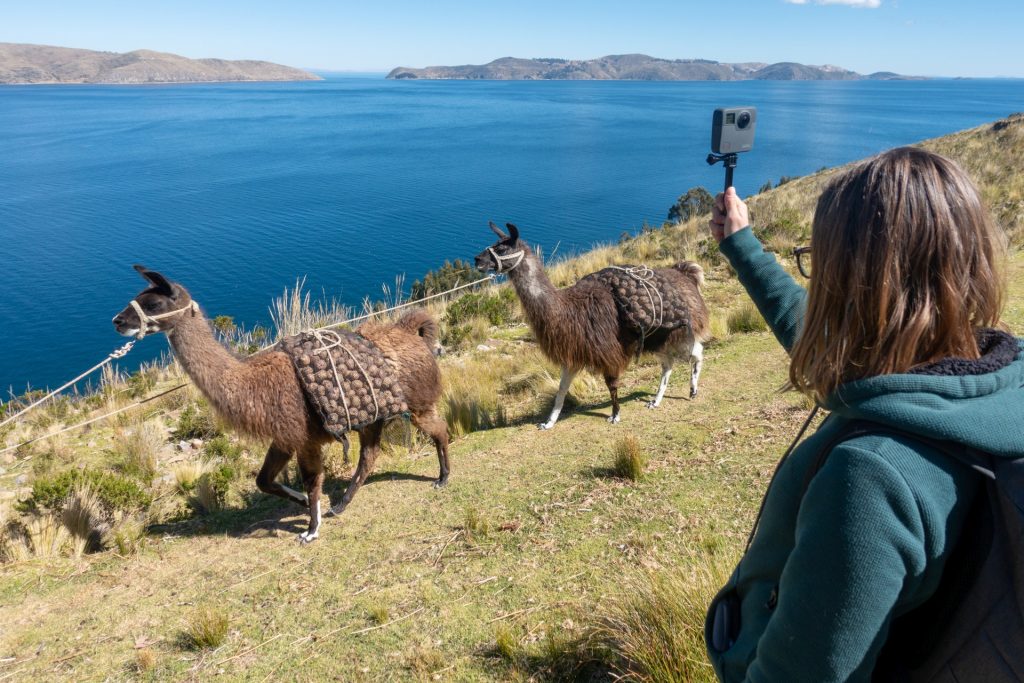
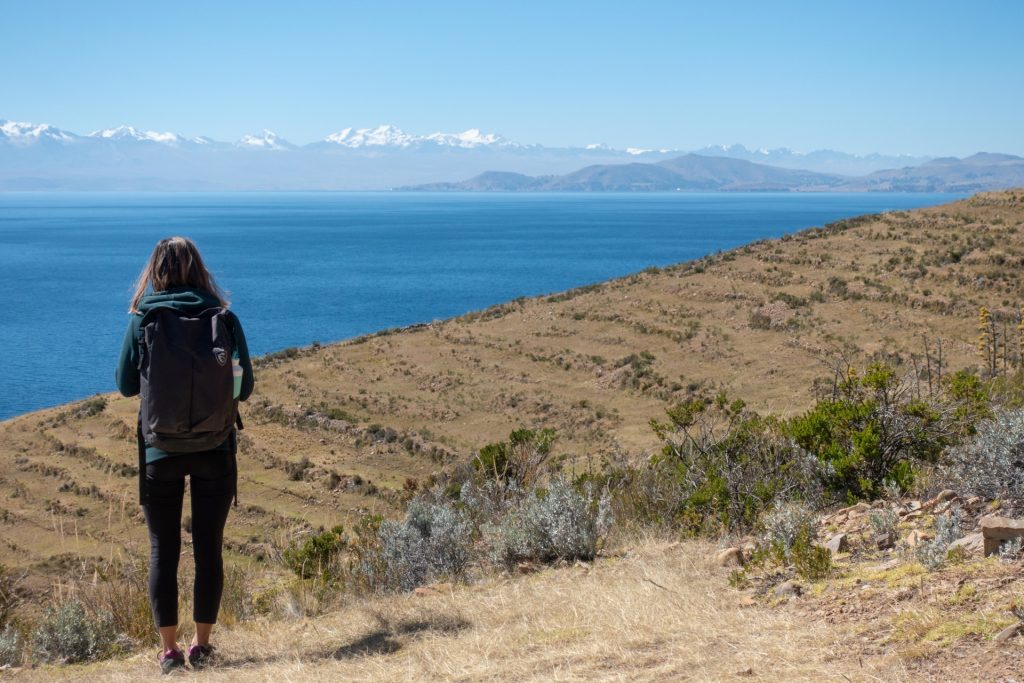
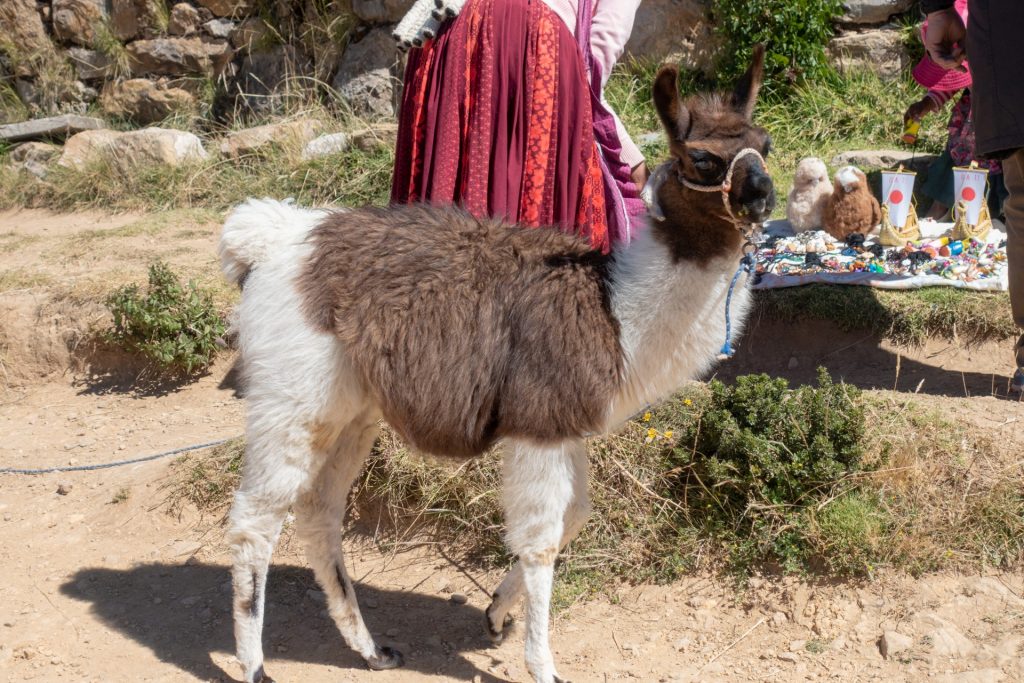
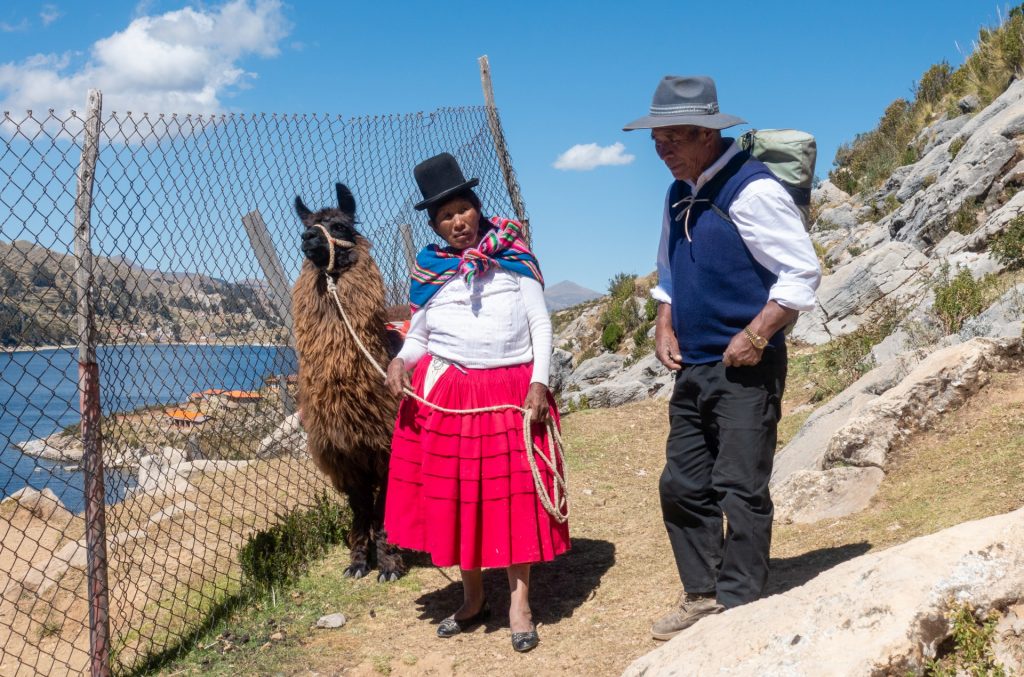

lamas are everywhere :))))) 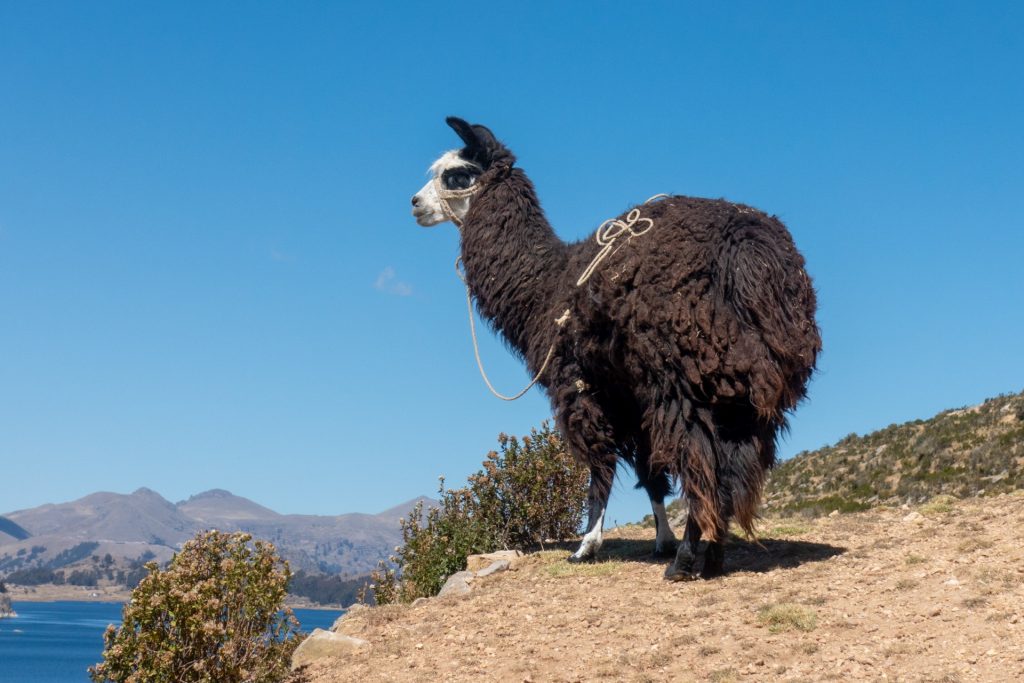
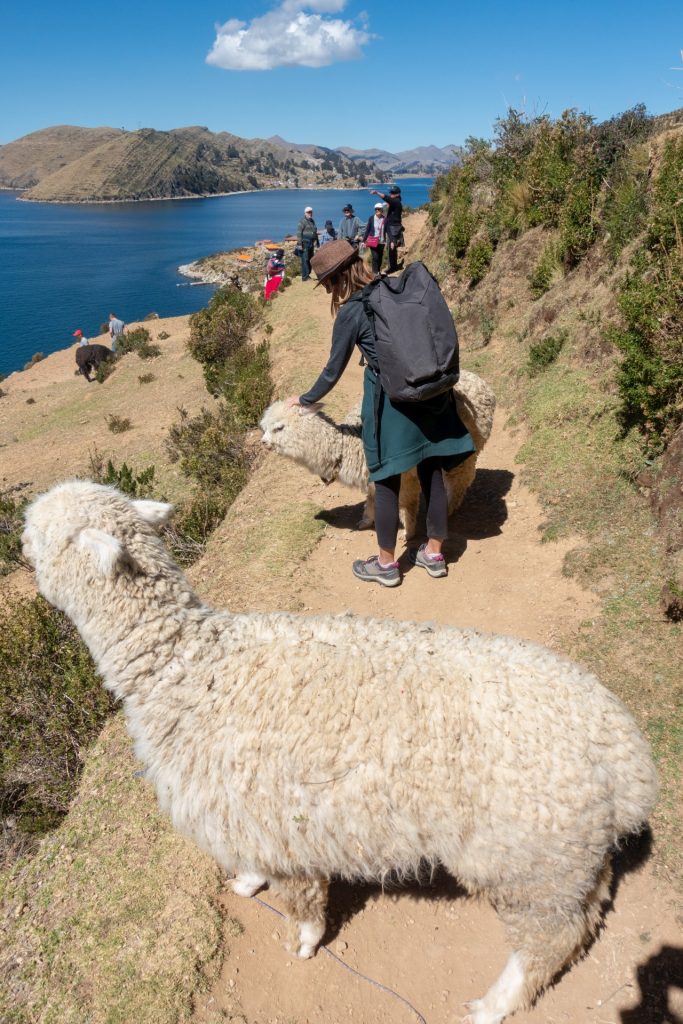
I guess these were alpacas, and not lamas 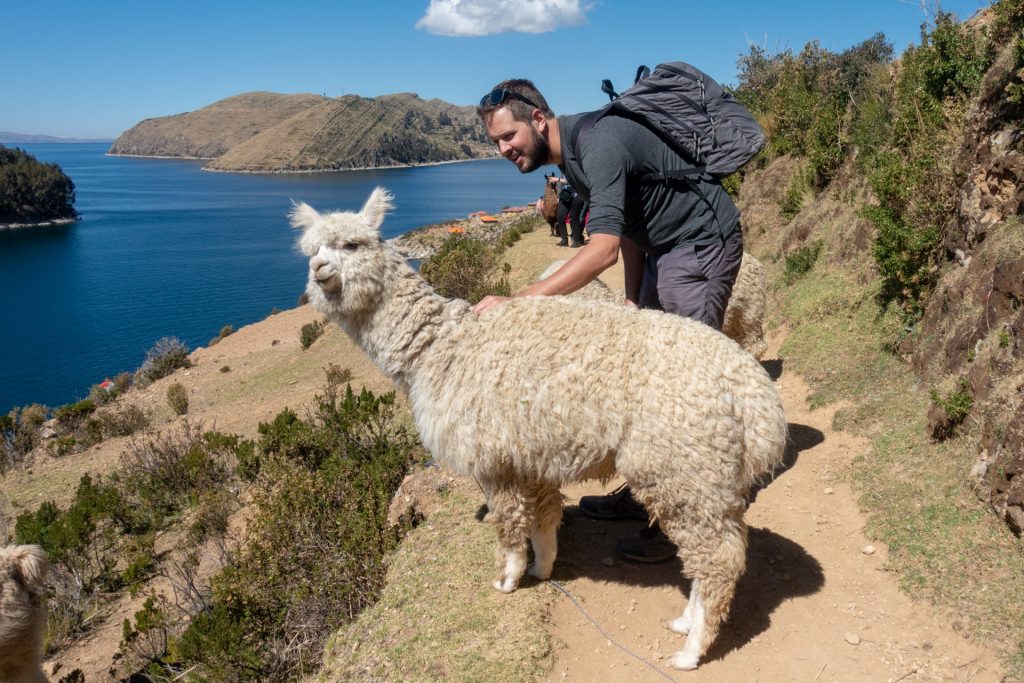
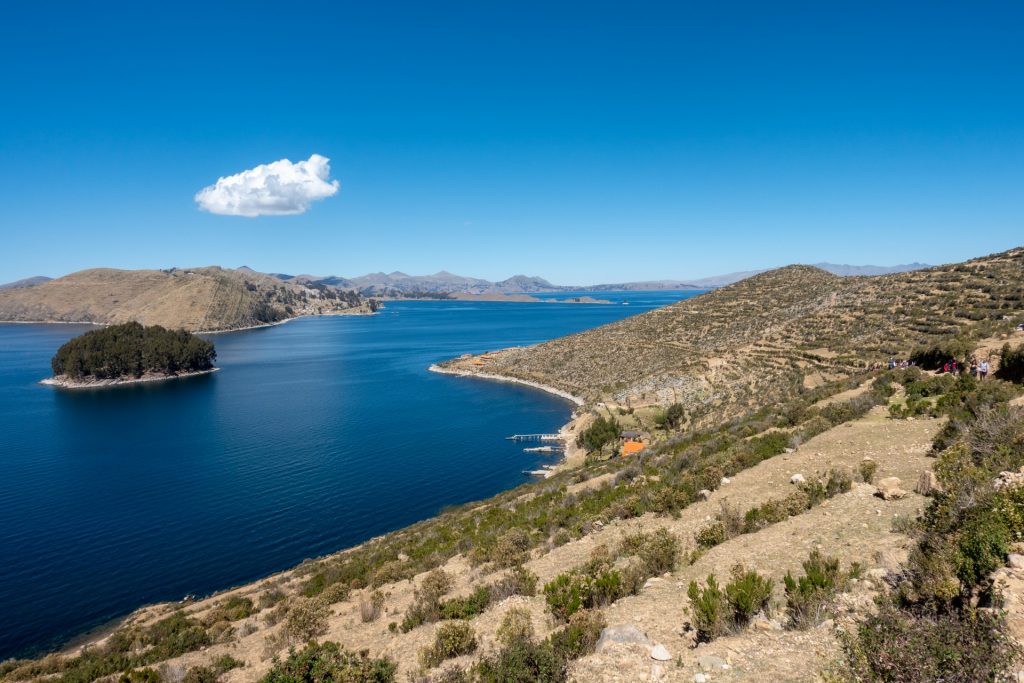
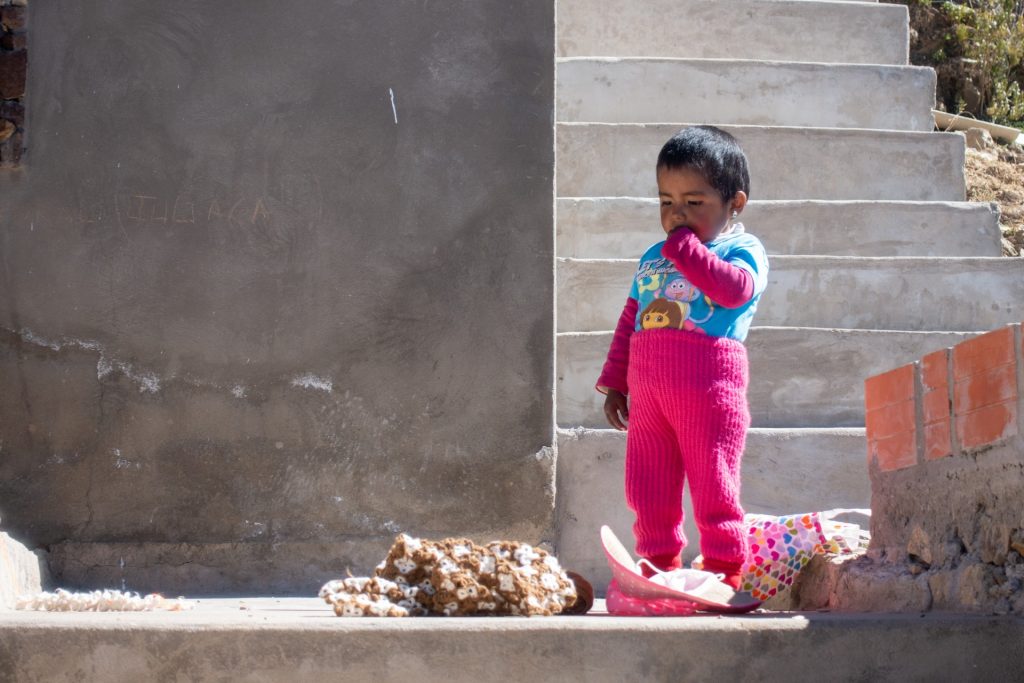
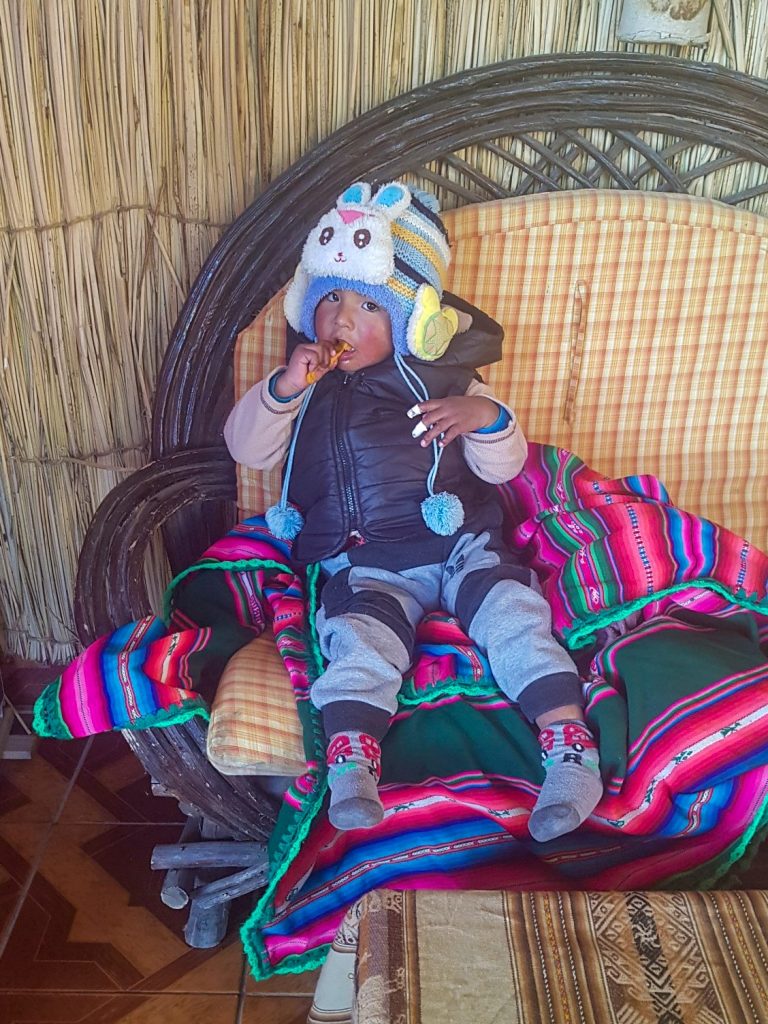
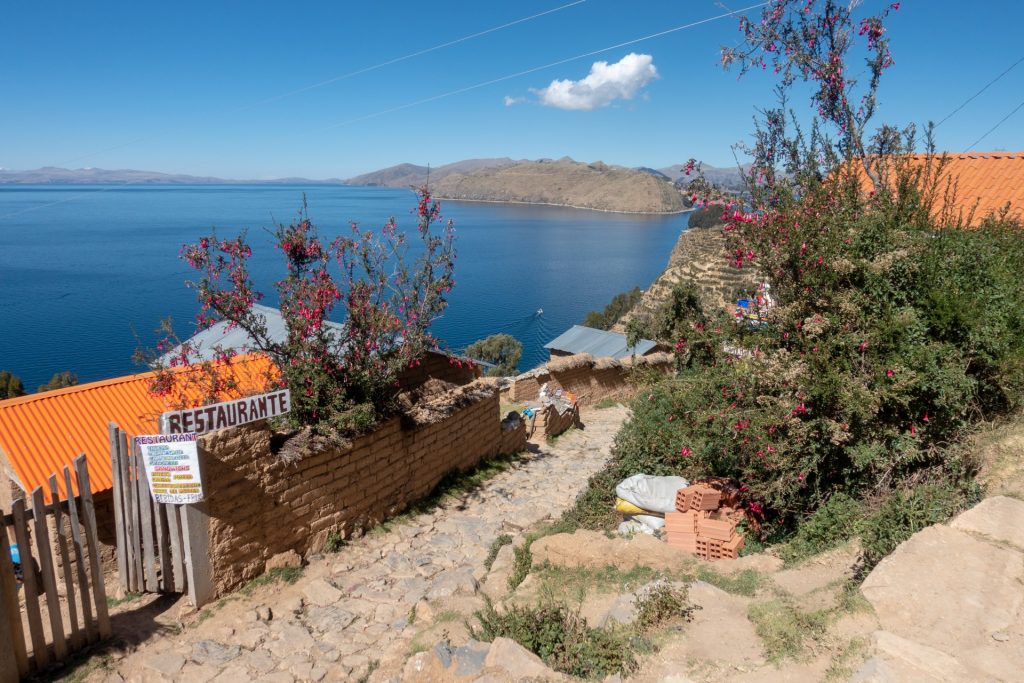
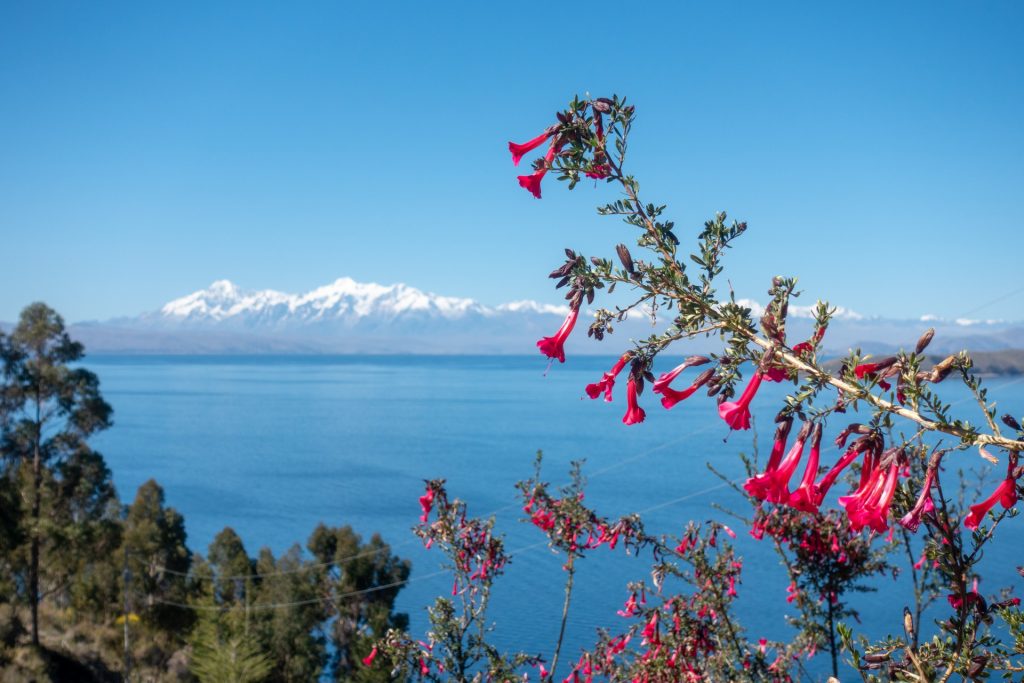

and trucha à la plancha one more time 🙂 

The picture below is a 360 photo, click and drag to look around, scroll to zoom!
The best restaurant view!
What else to see in Bolivia :
We are really enjoyed our trip in Bolivia. It is a very unique and authentic country with many indigenous tribes that keep their historical identity. Bolivia is a bright and colorful country with good food and positive music. We will for sure come back again to do the following:
- Huayna Potosí – 6 088 m – to climb it!
- Sucre – capital
- Yungas Road ( also known as death road)
- Some national park in the Amazon, like – Manuripi Heath National Amazon Reserve, Rurrenabaque etc.
- Tunupa volcano
- Geysers Sol de Mañanaa
- and so on 🙂
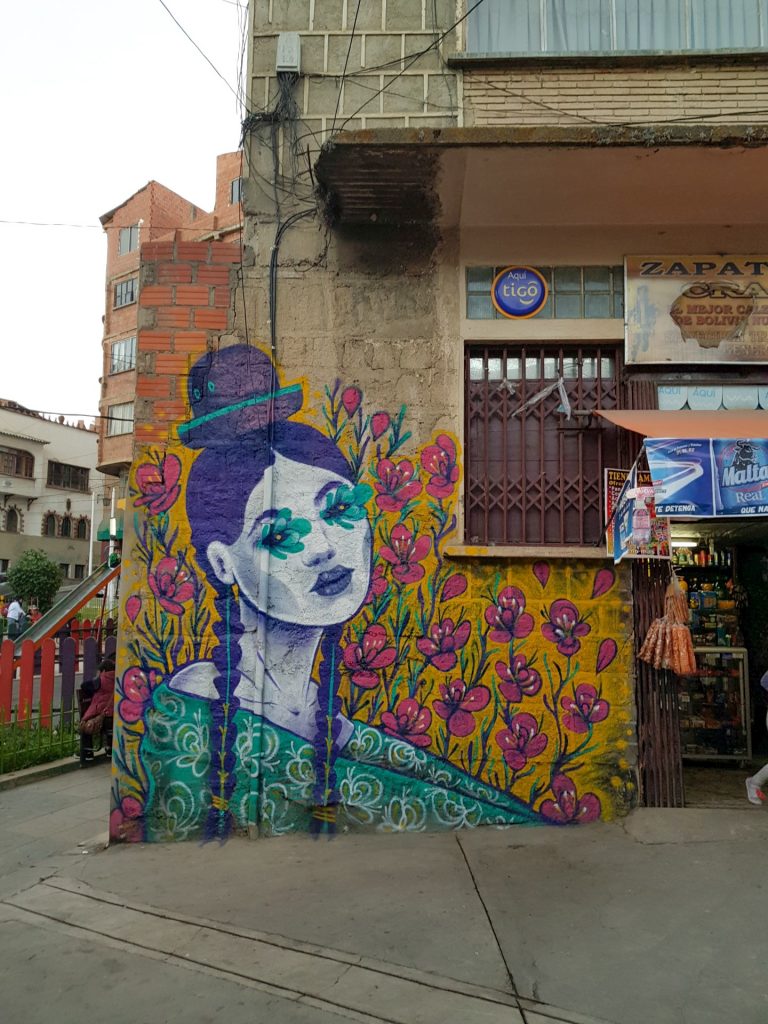
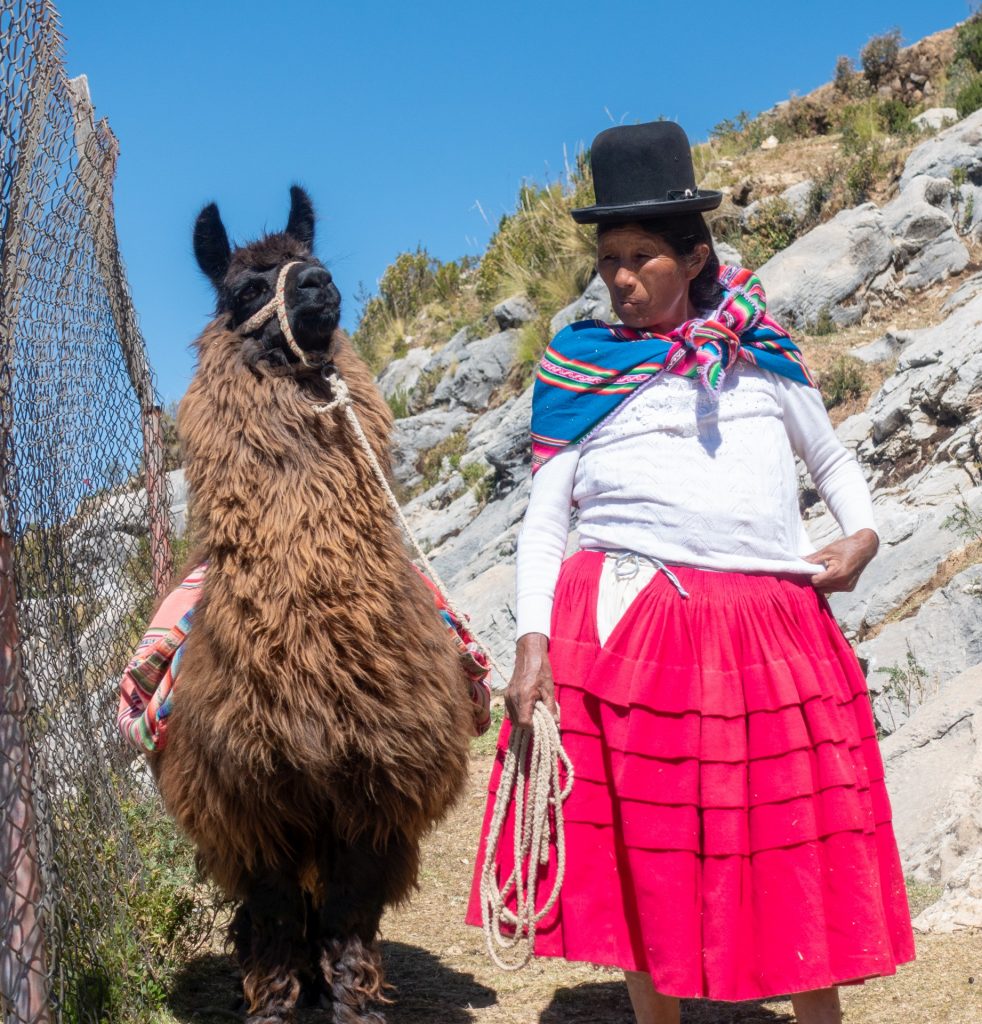
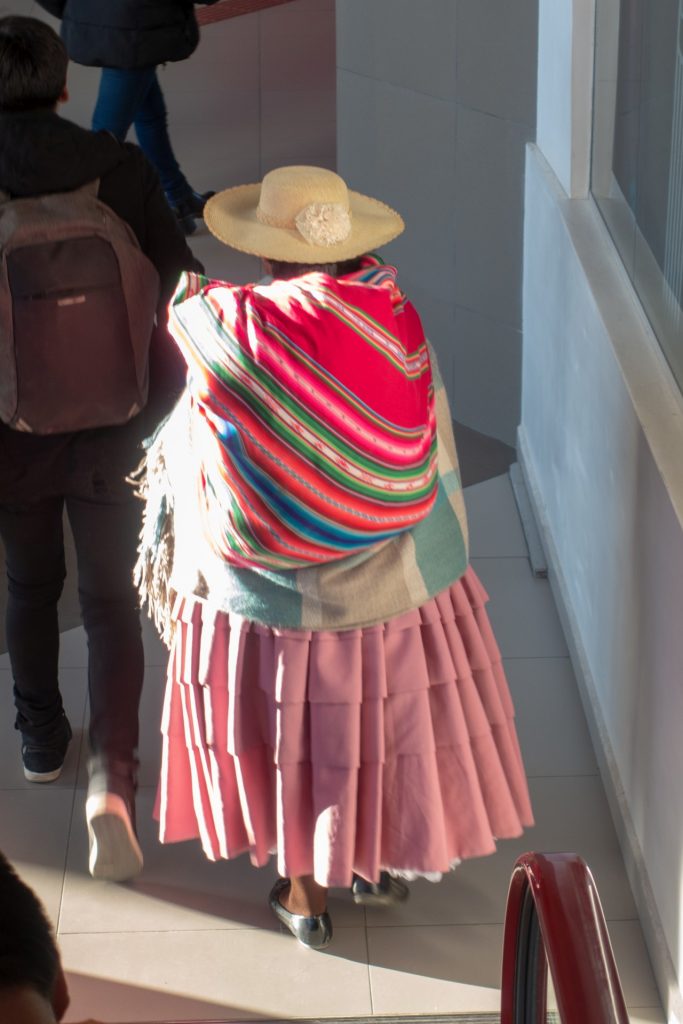
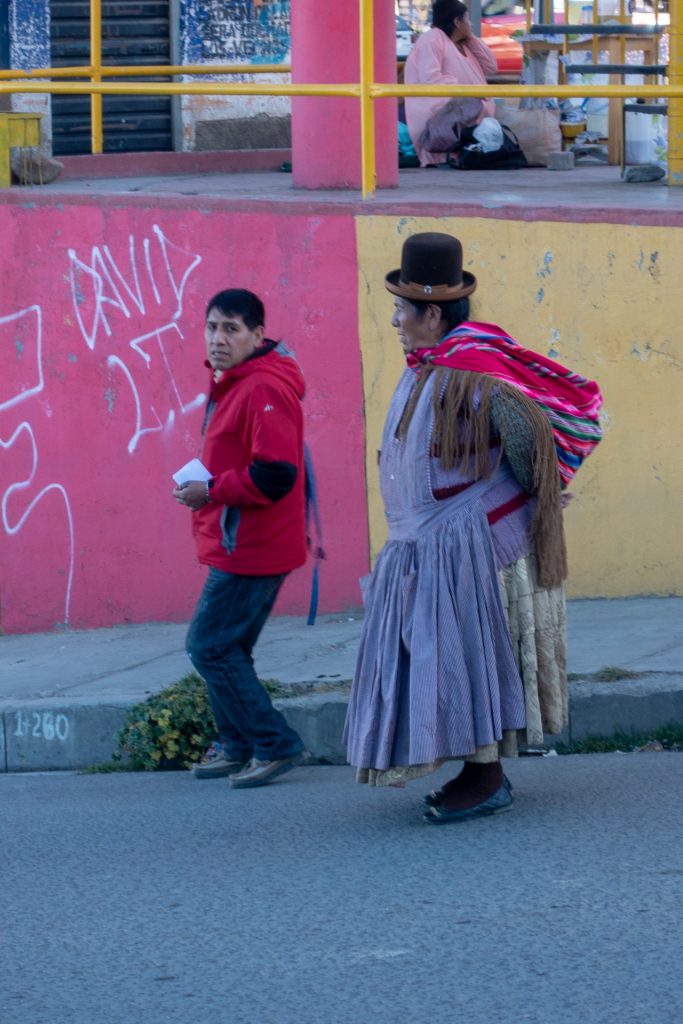
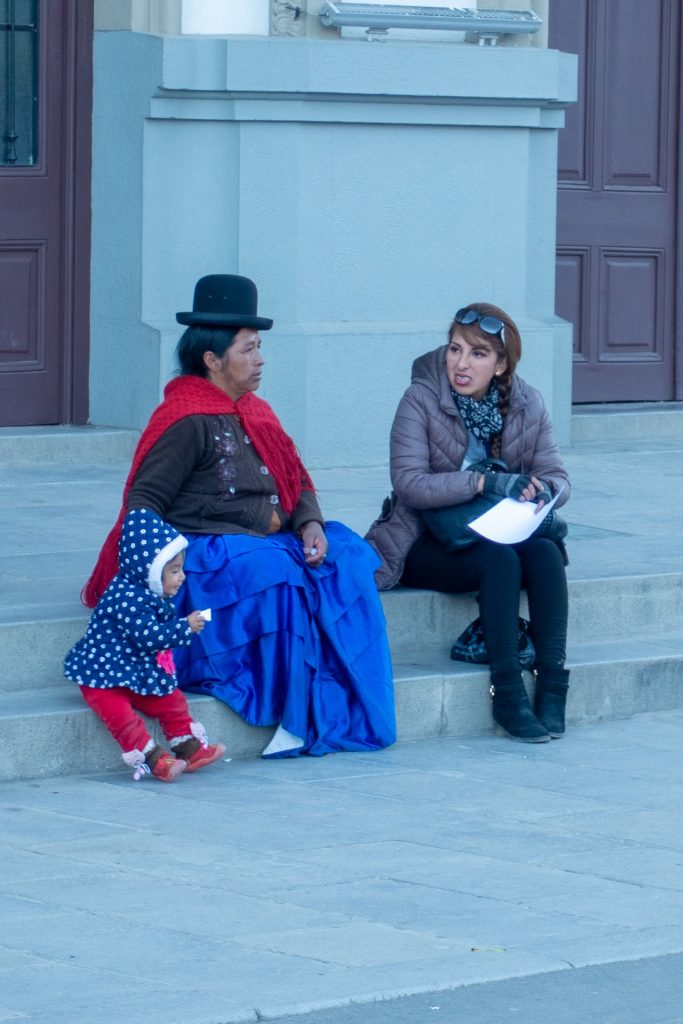
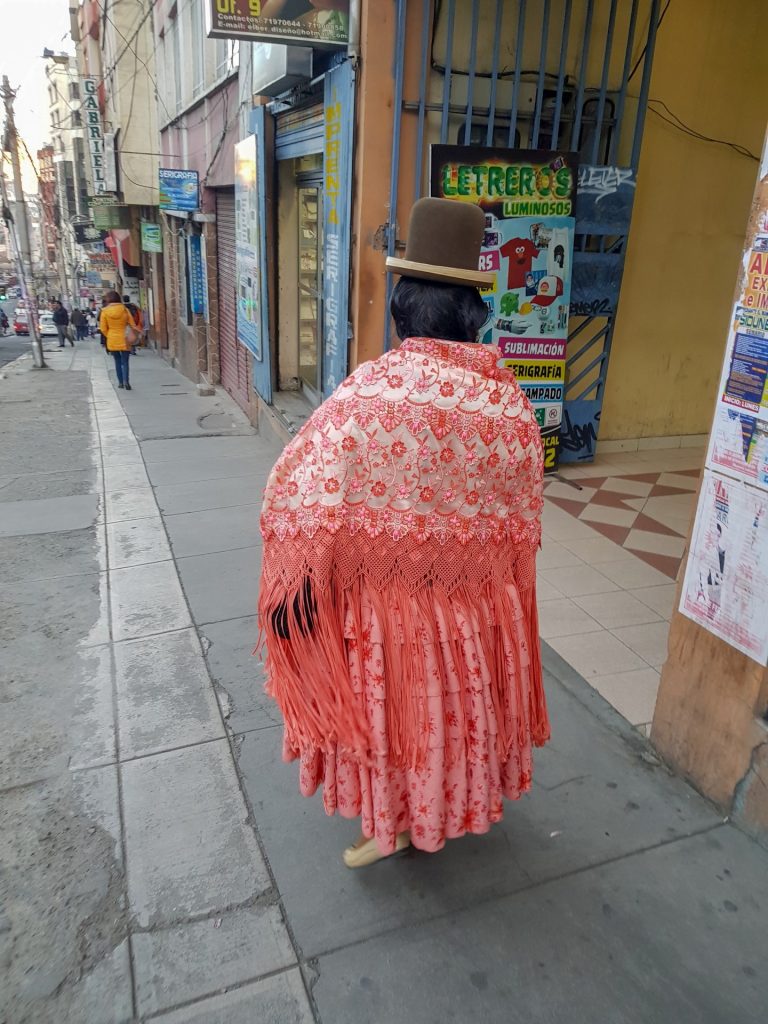
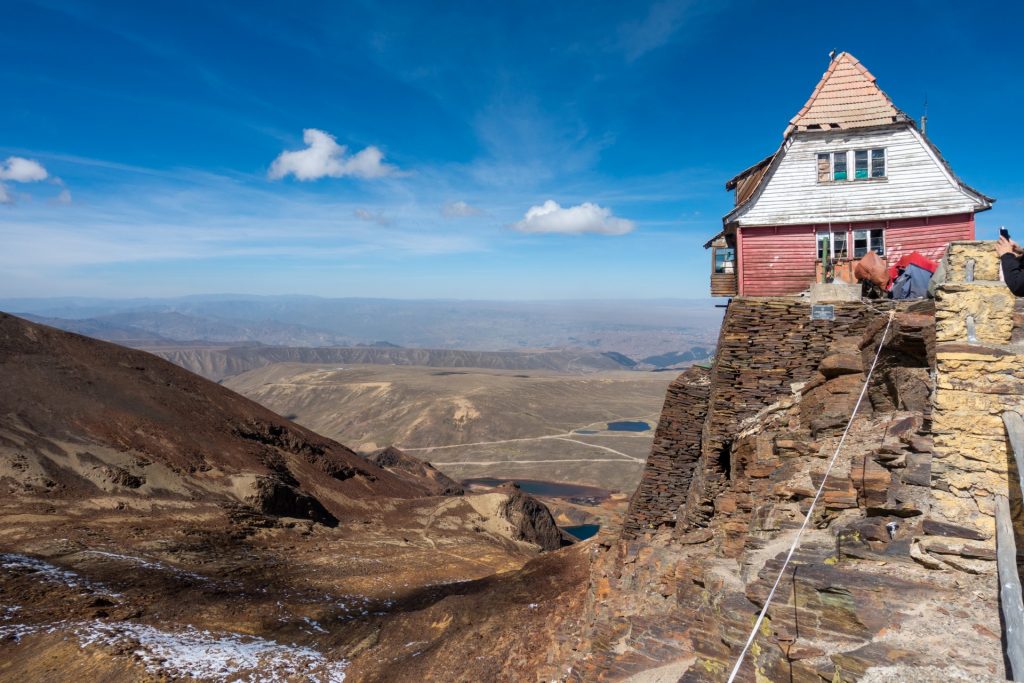
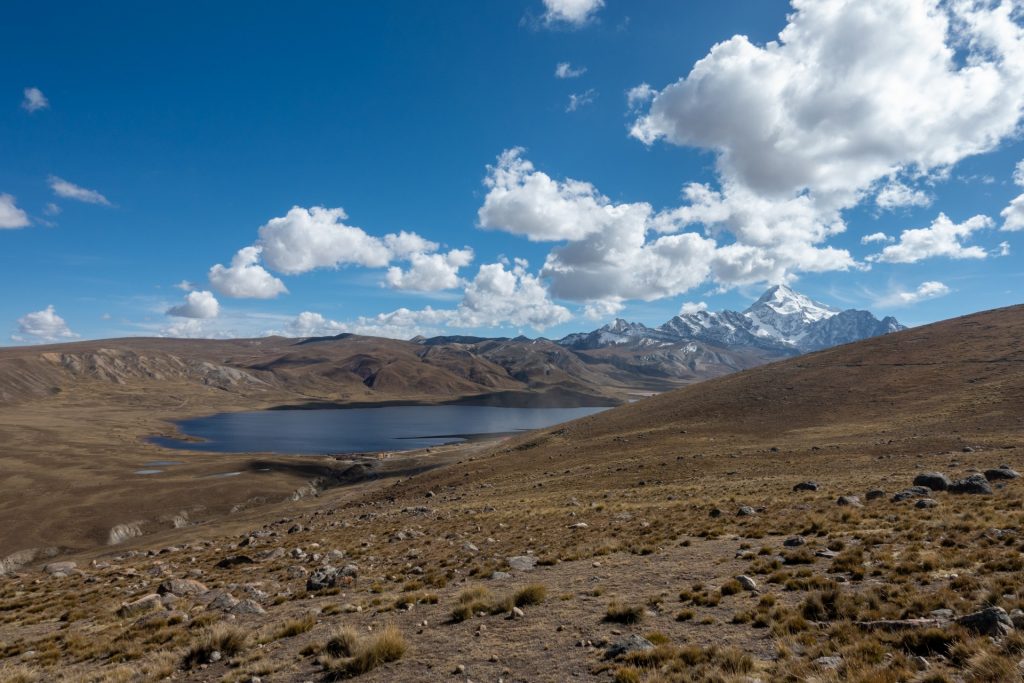
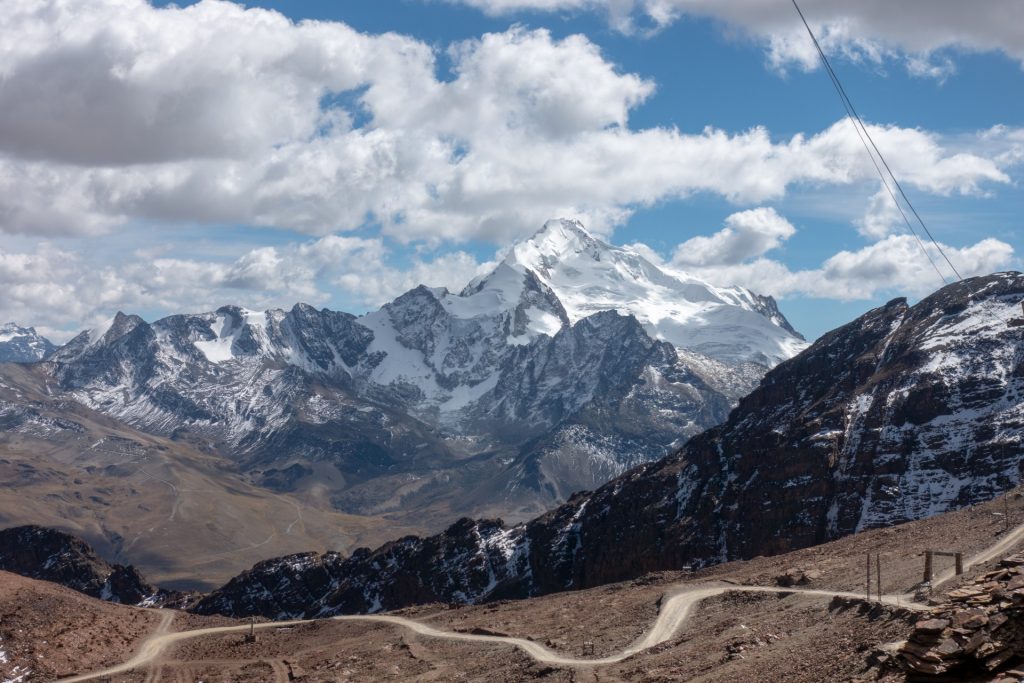


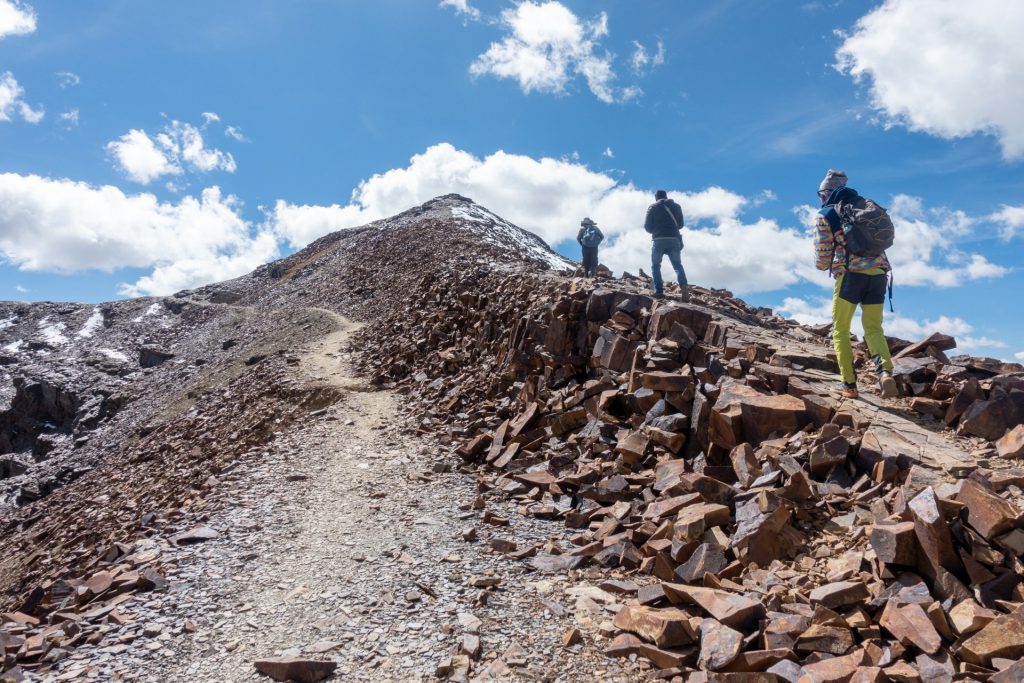



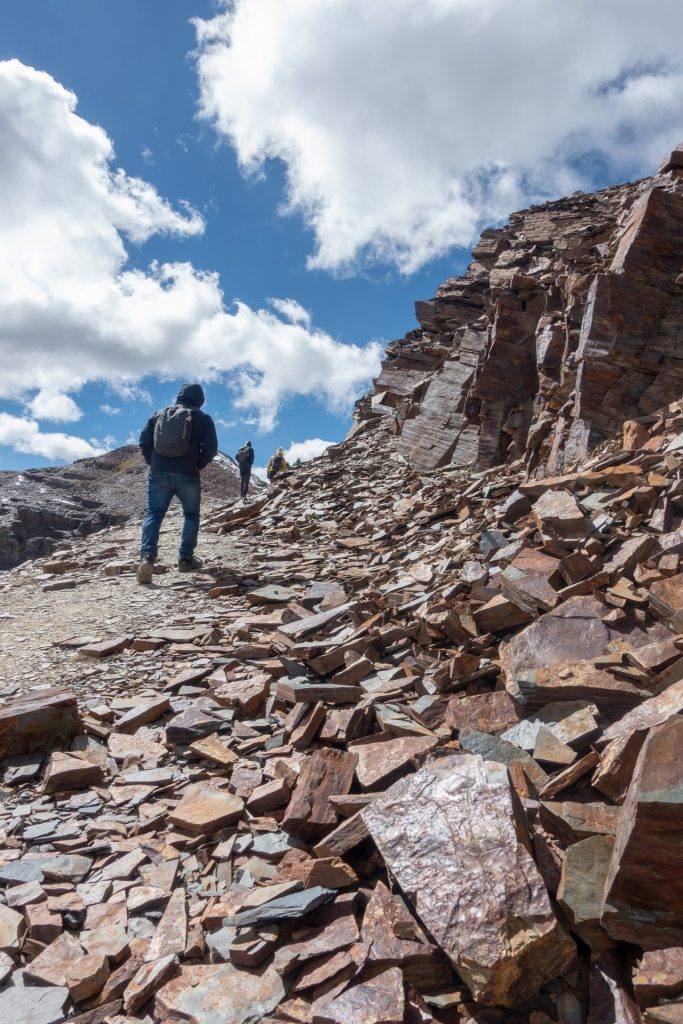
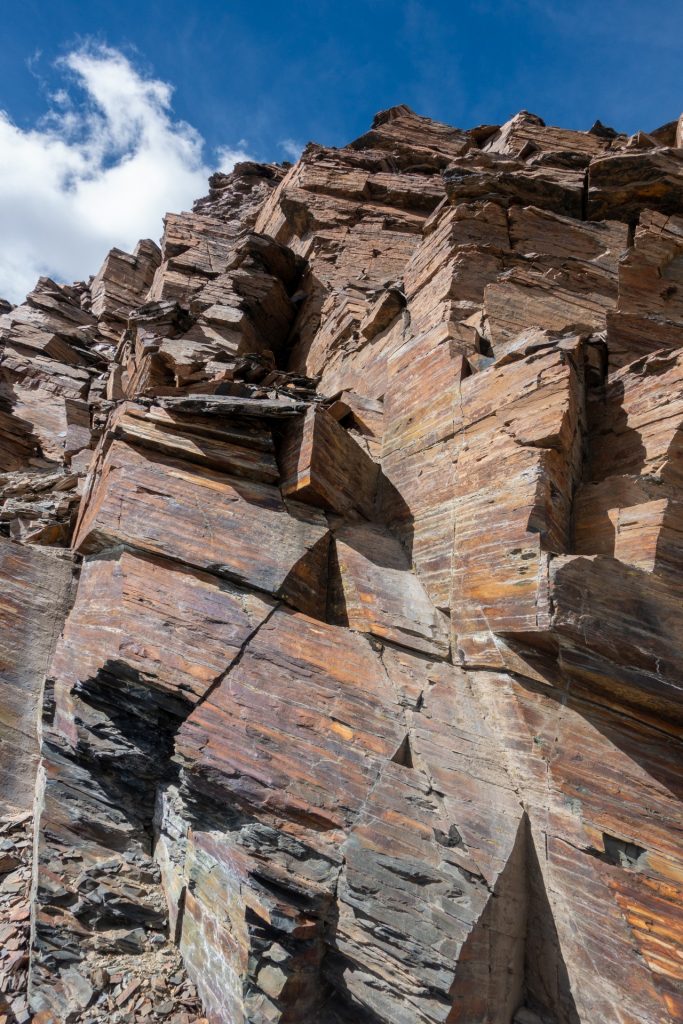
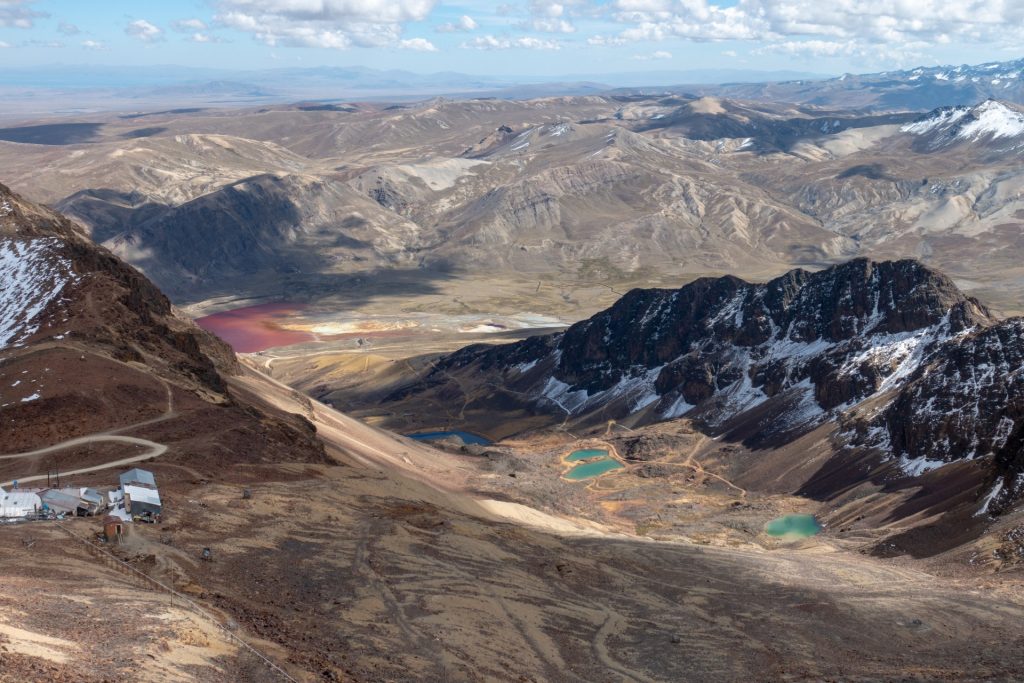



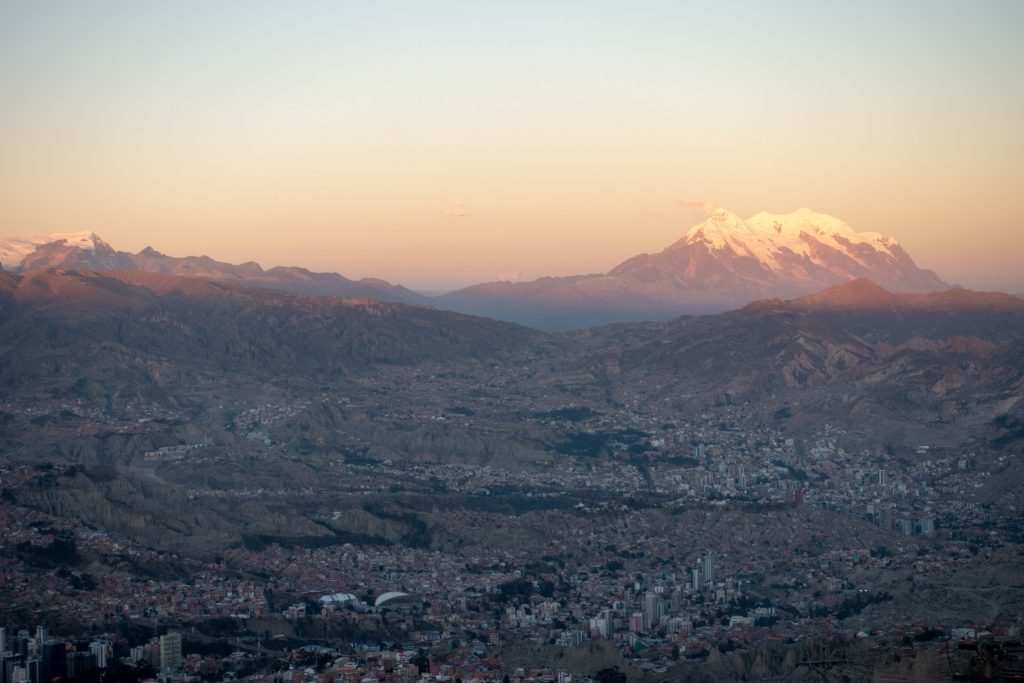

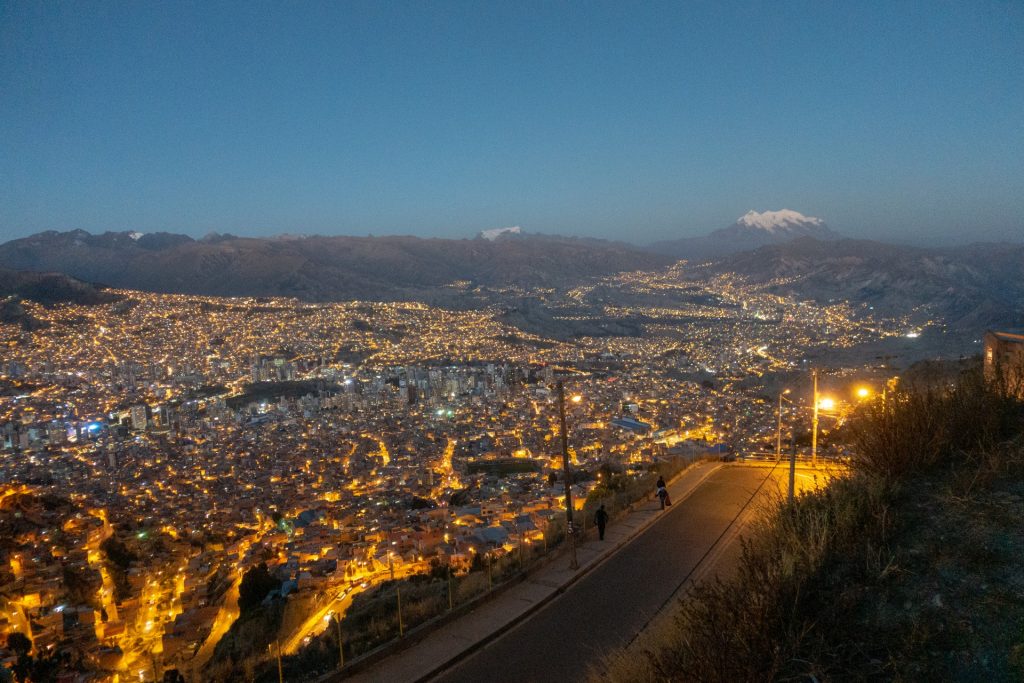

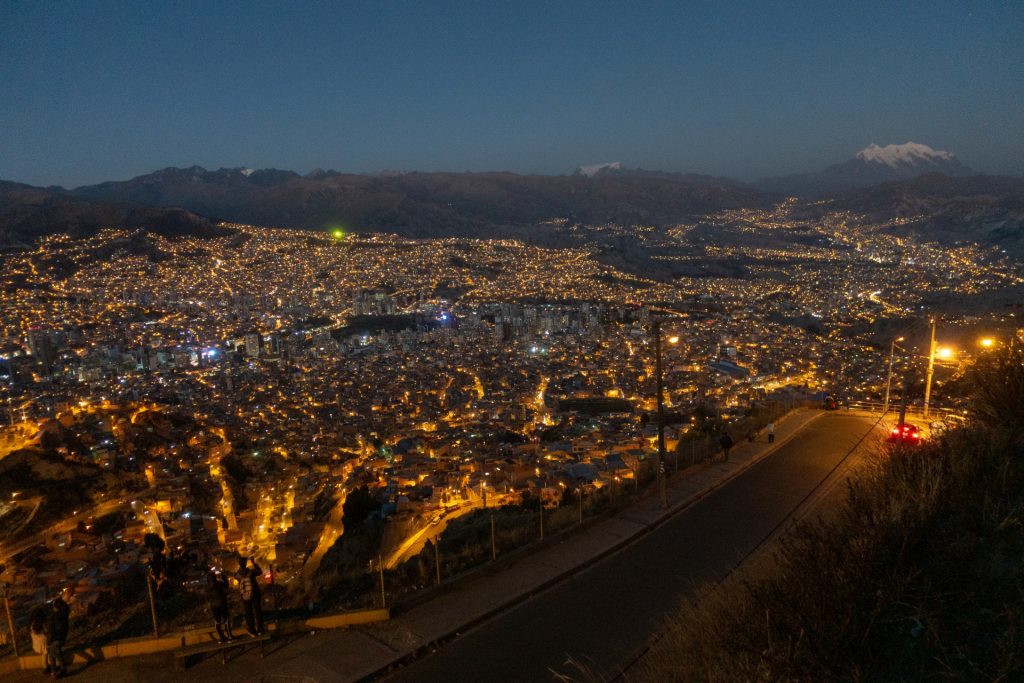
2 Replies to “Bolivia Part 2”
I am proud to tell you that the fantastic cable-car system in La Paz was built by the Austrian company Doppelmayr, who have built tons of cable cars in the Austrian skiing areas.
I concur with you that La Paz is beautiful and unique, and so is Bolivia.
I remember we saw it in the cable car cabins. We checked the name of the company and was glad to find that it was a European one with a good reputation 🙂